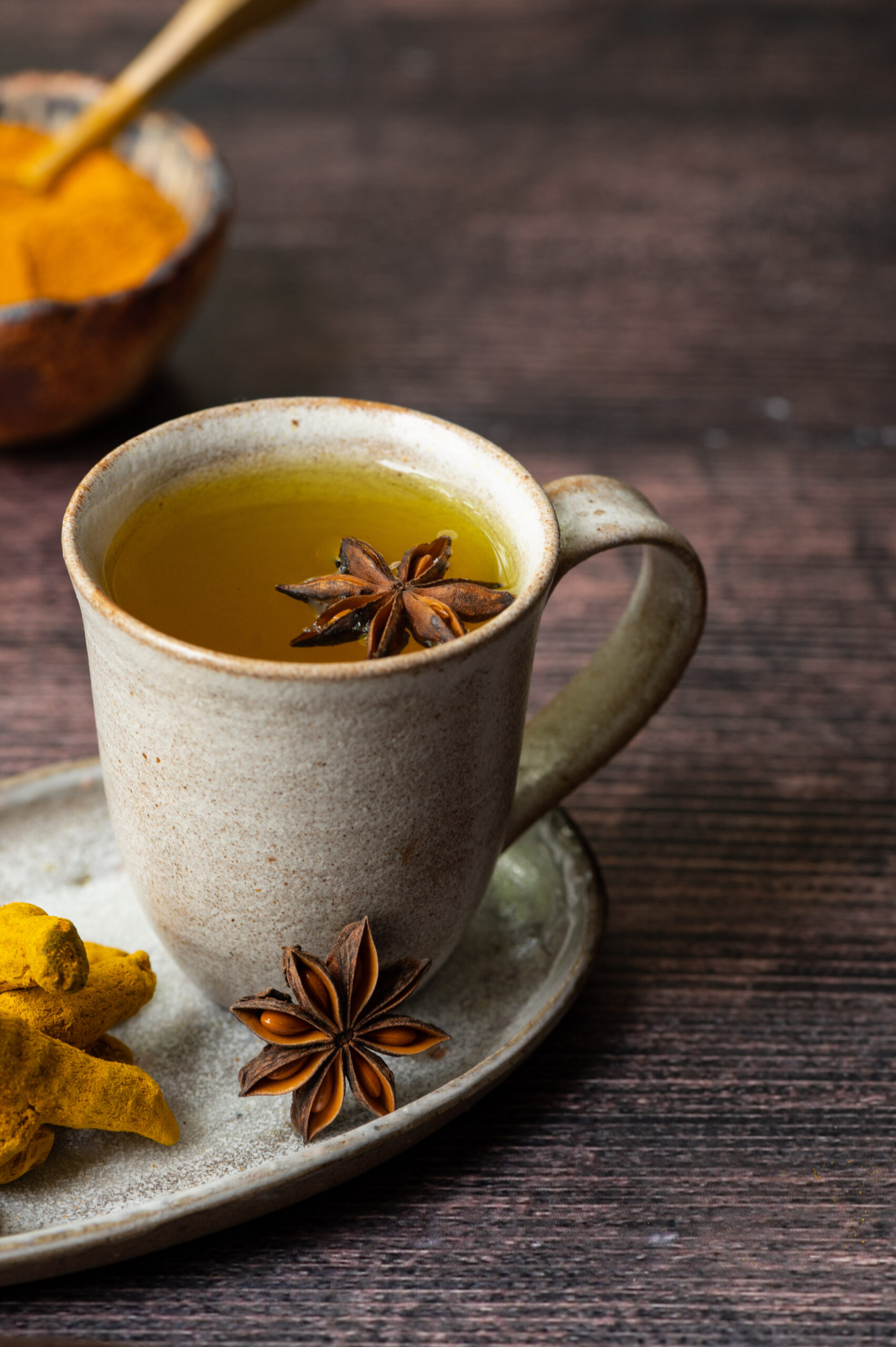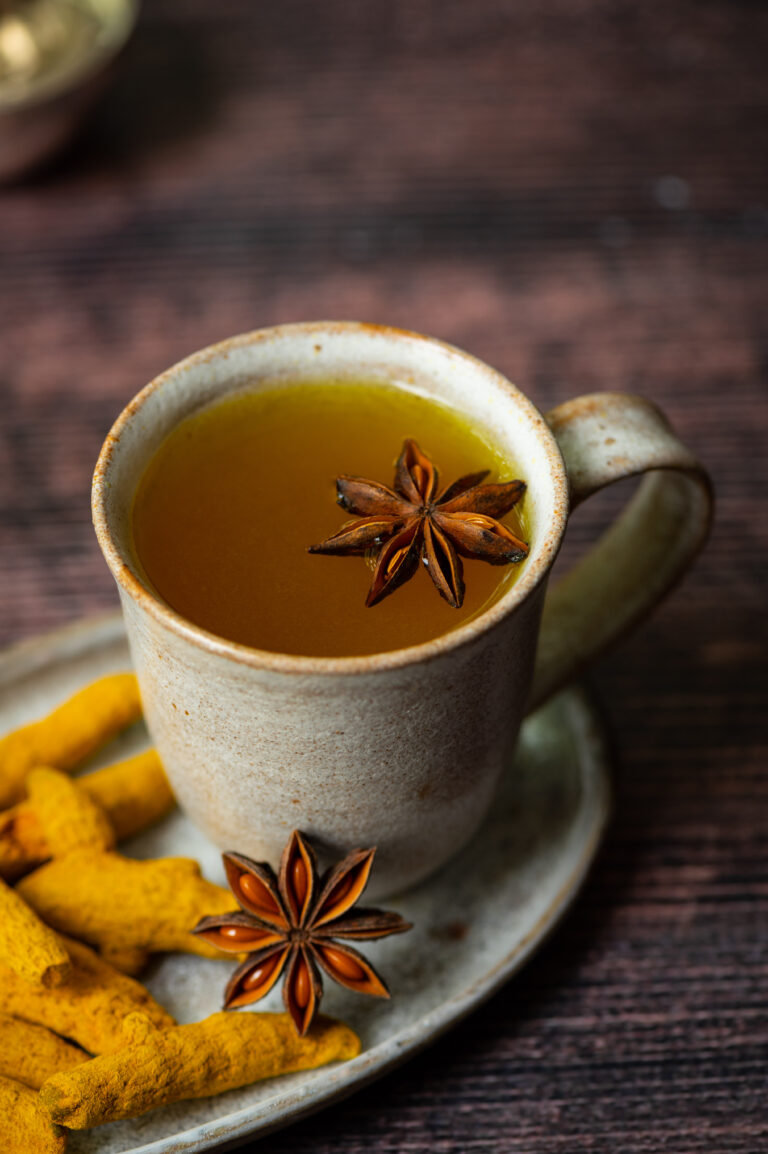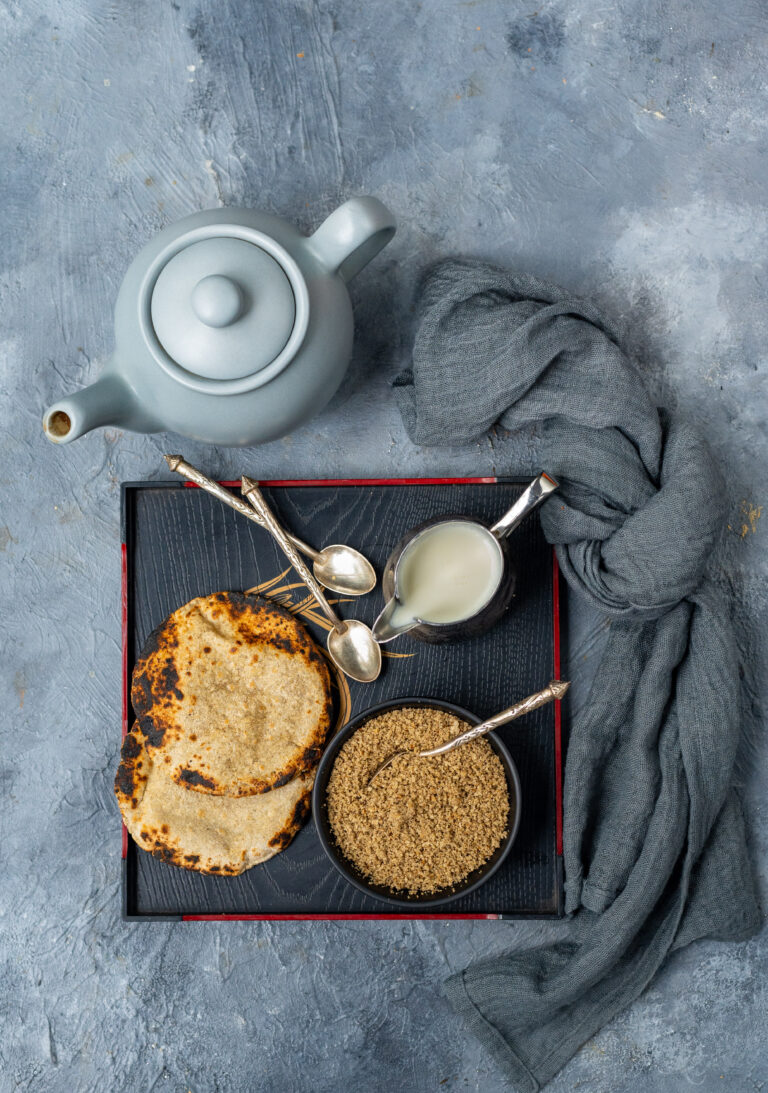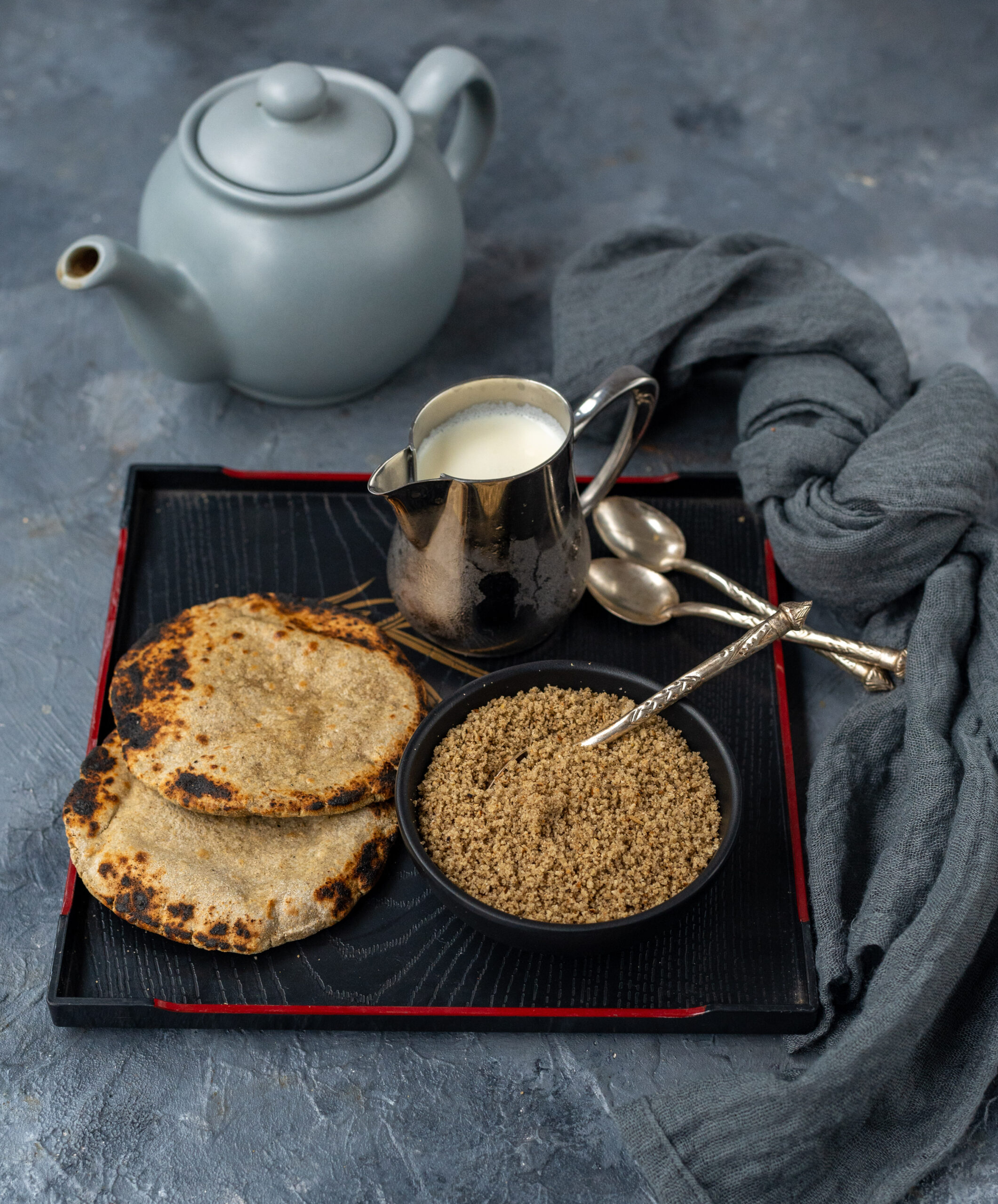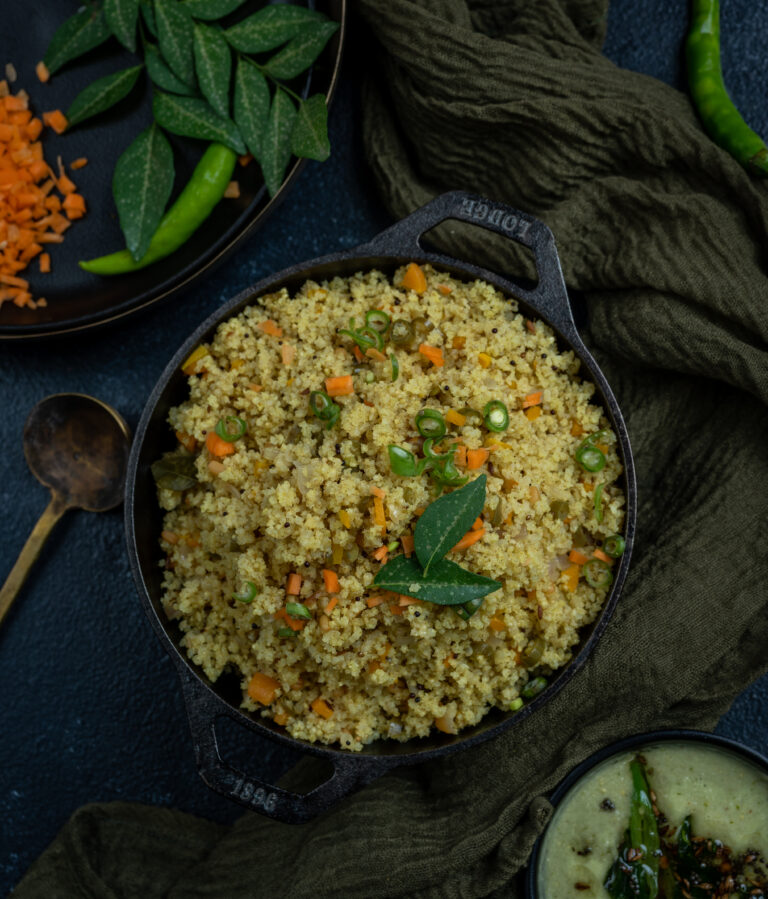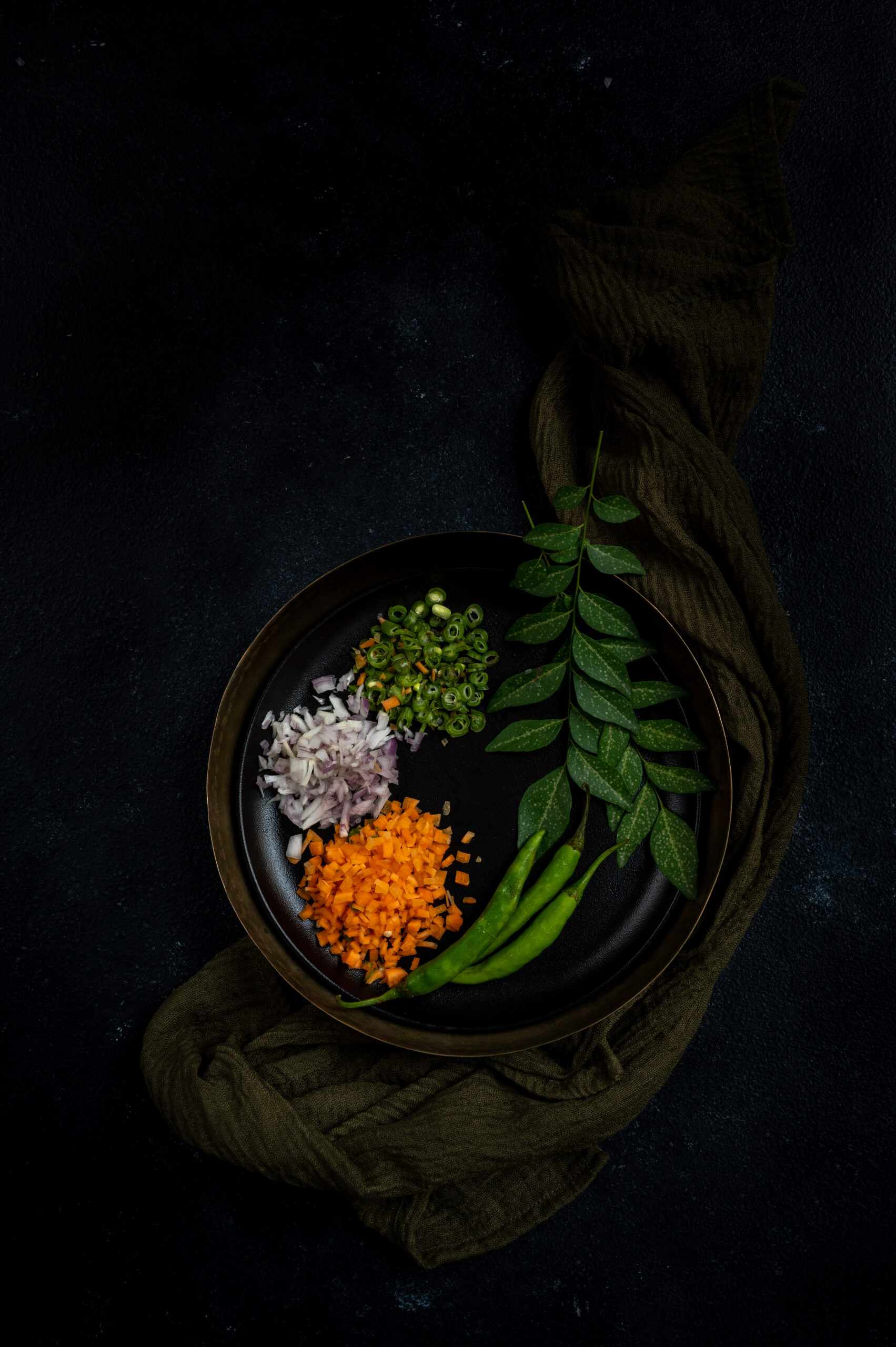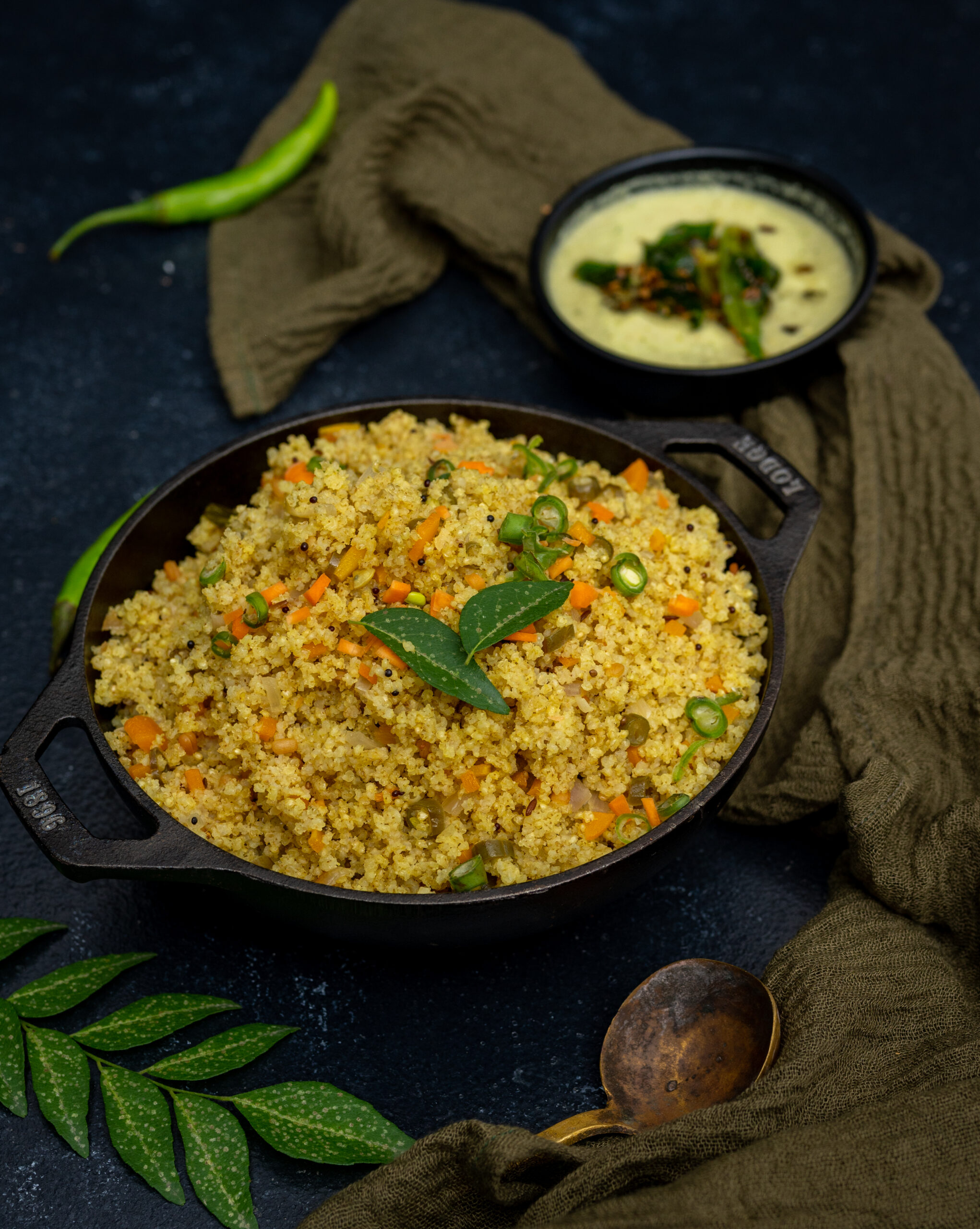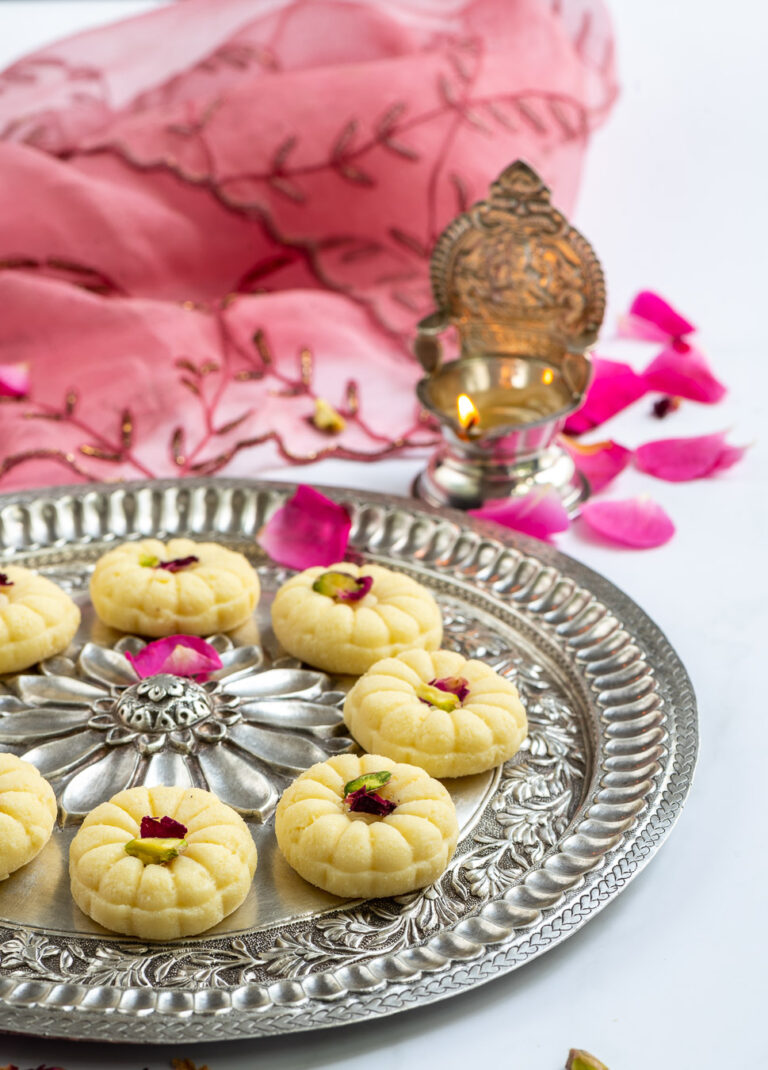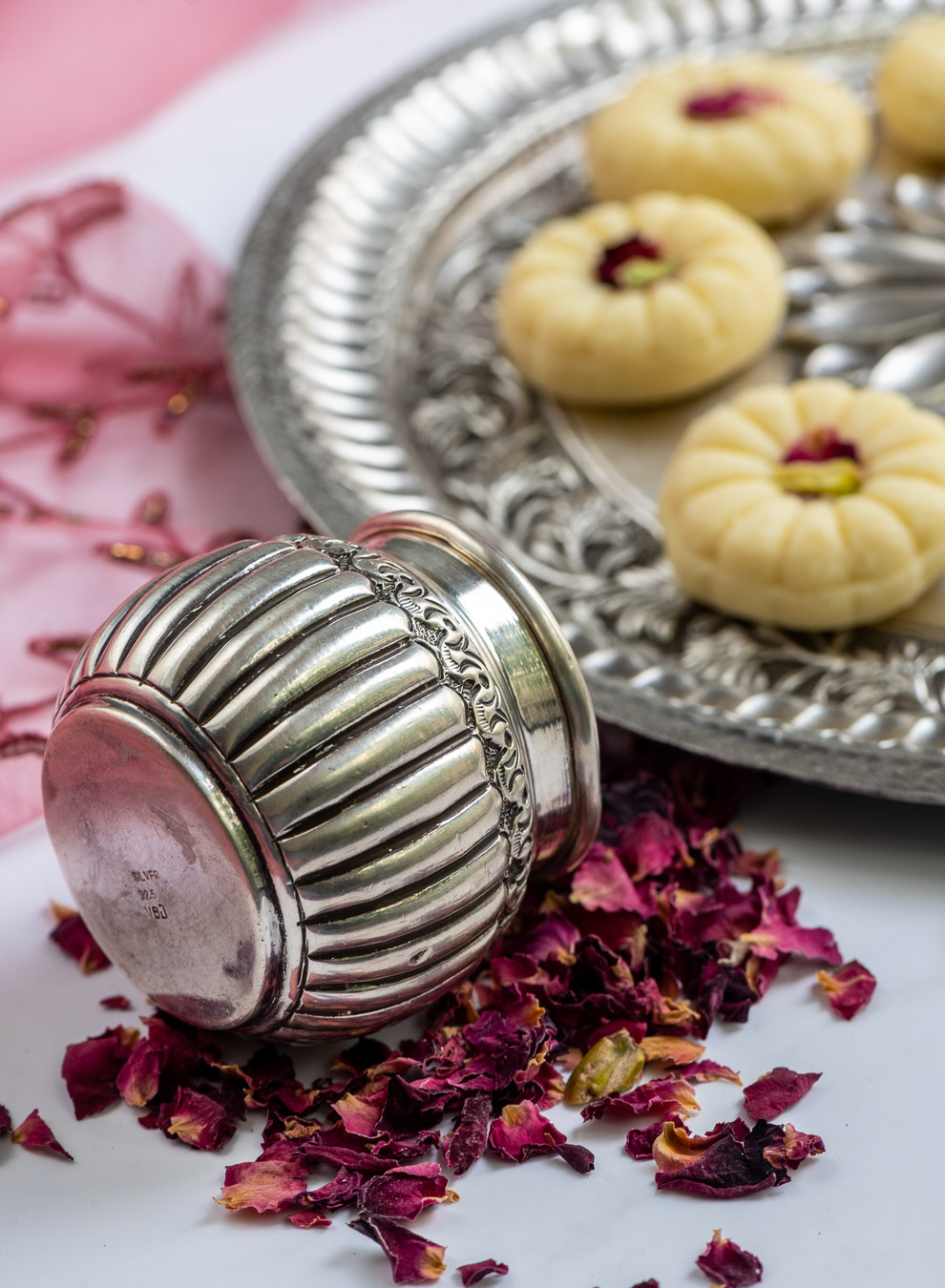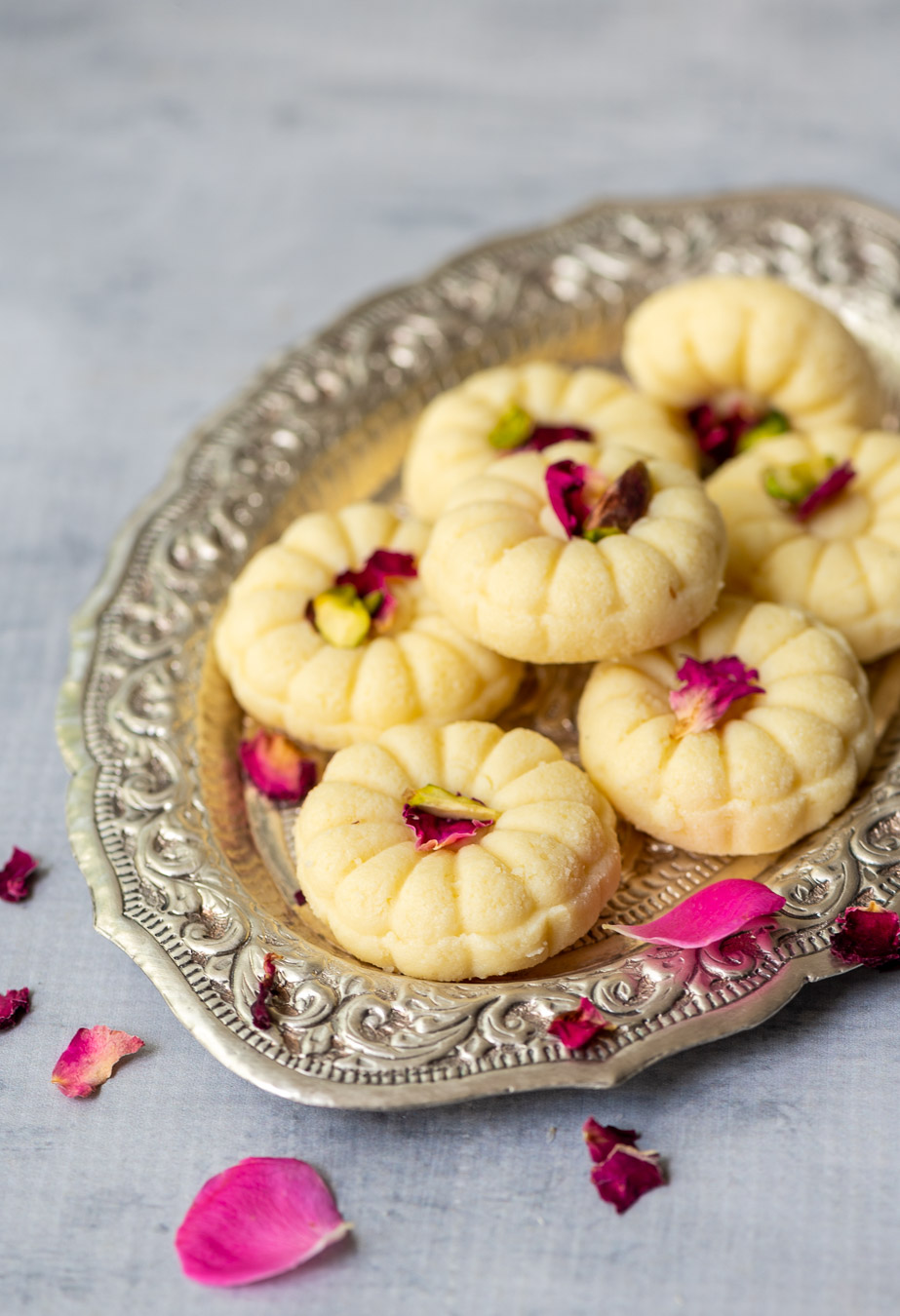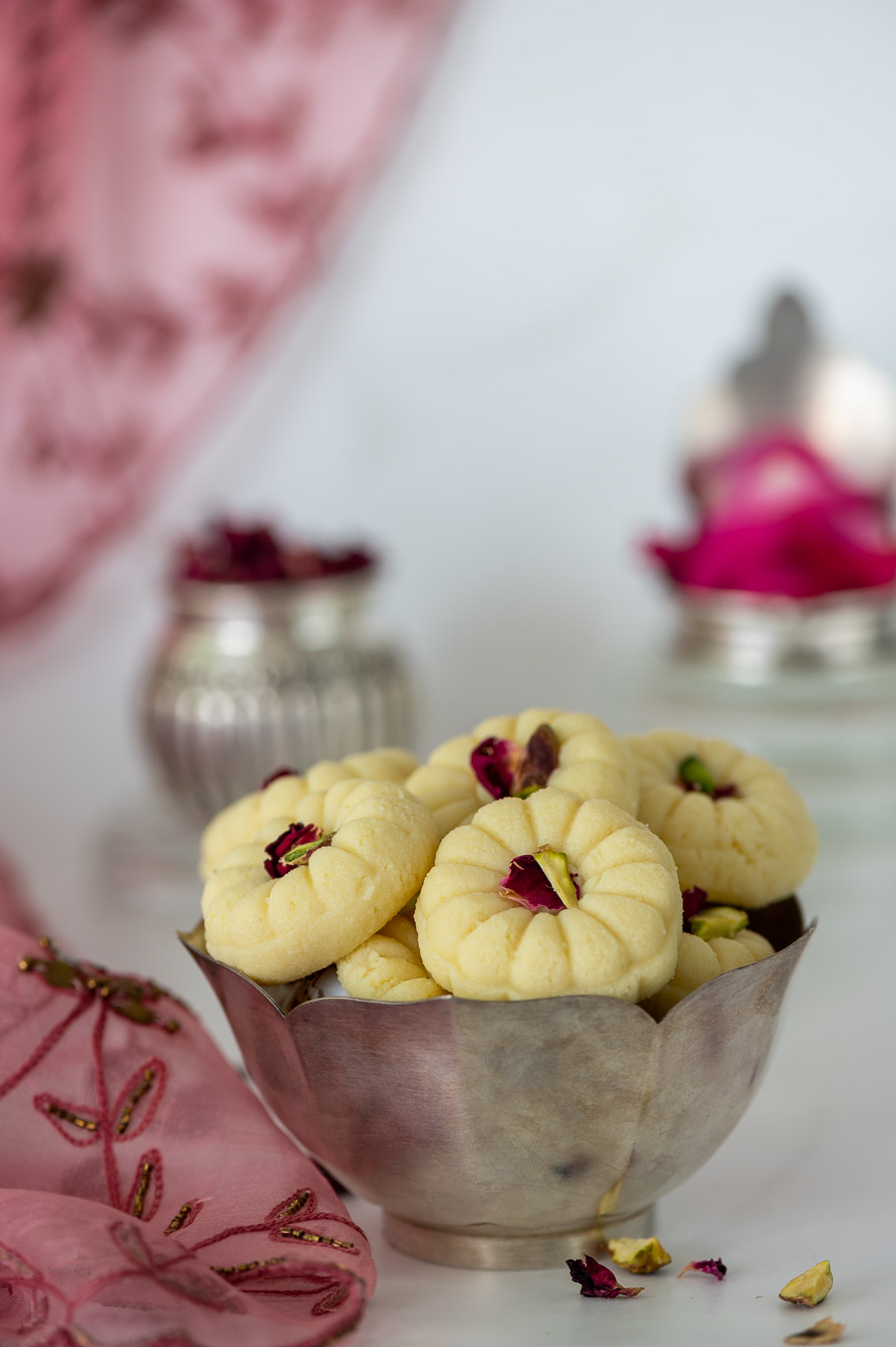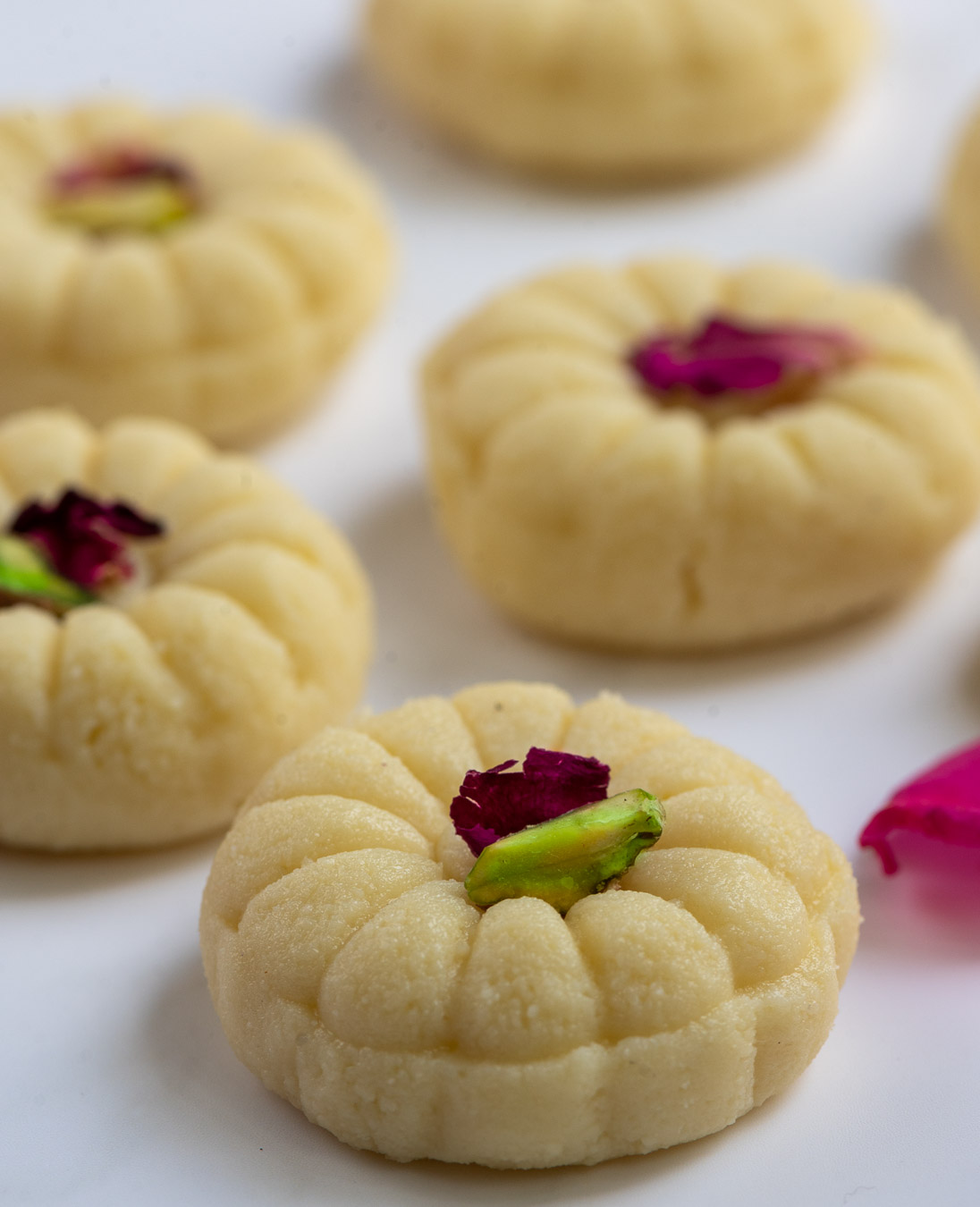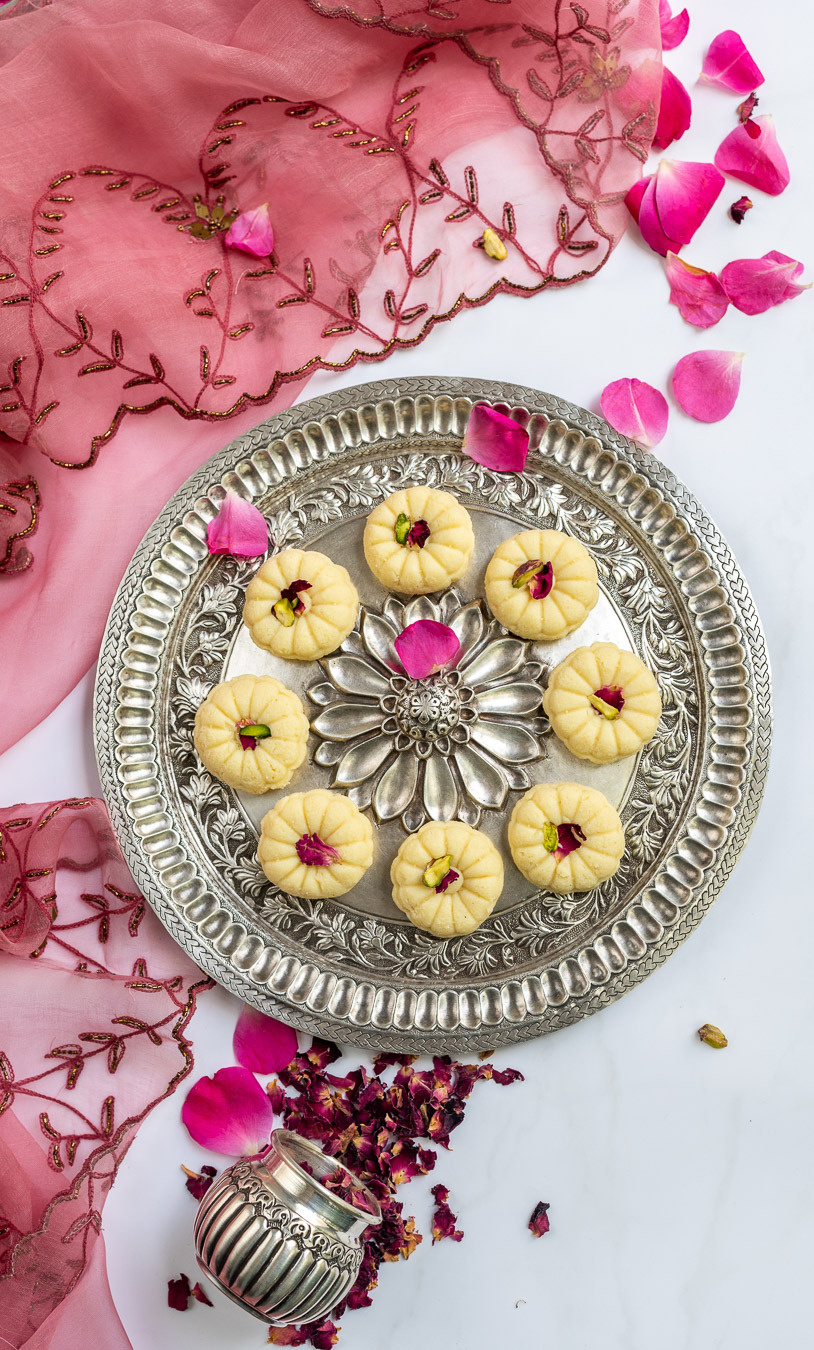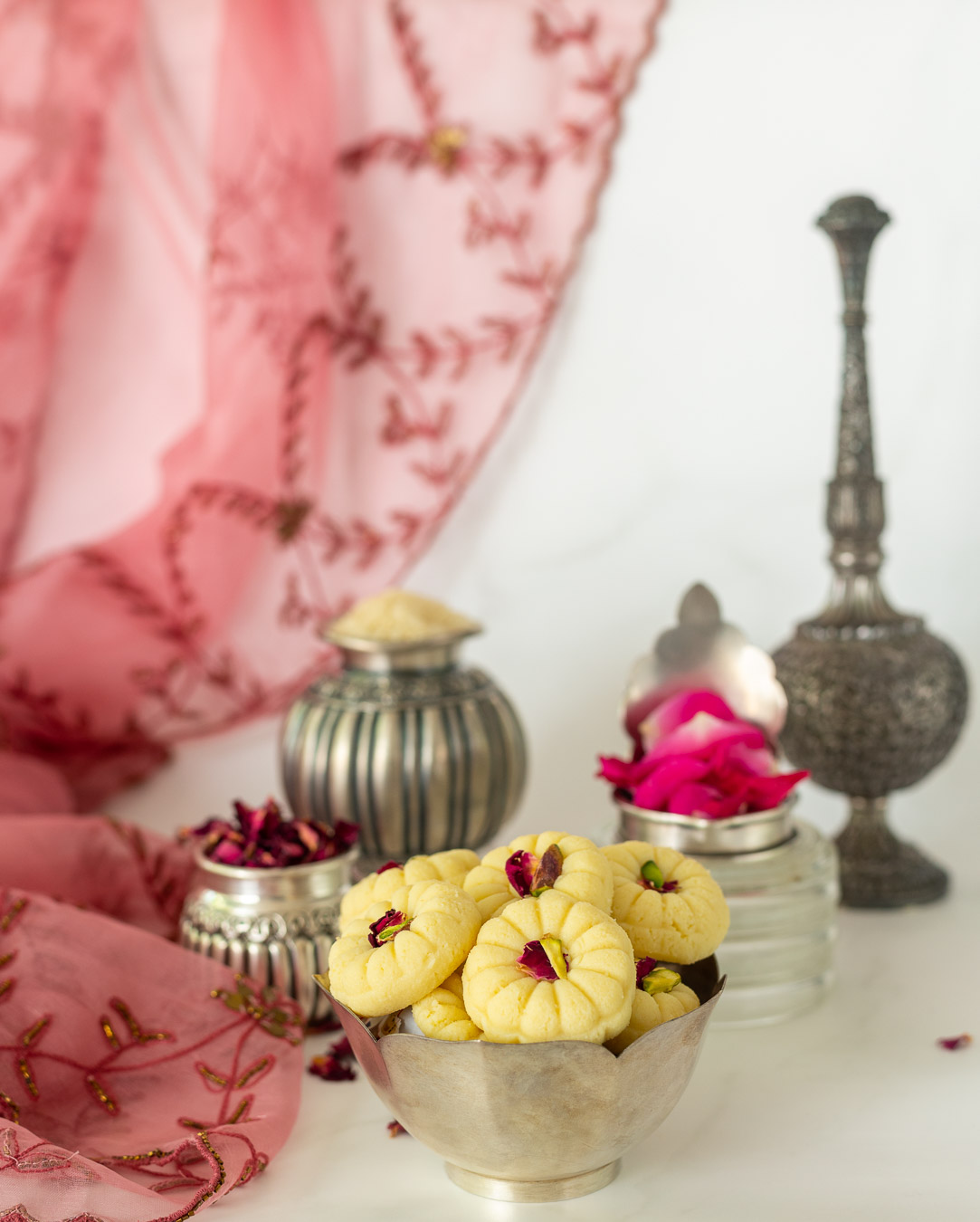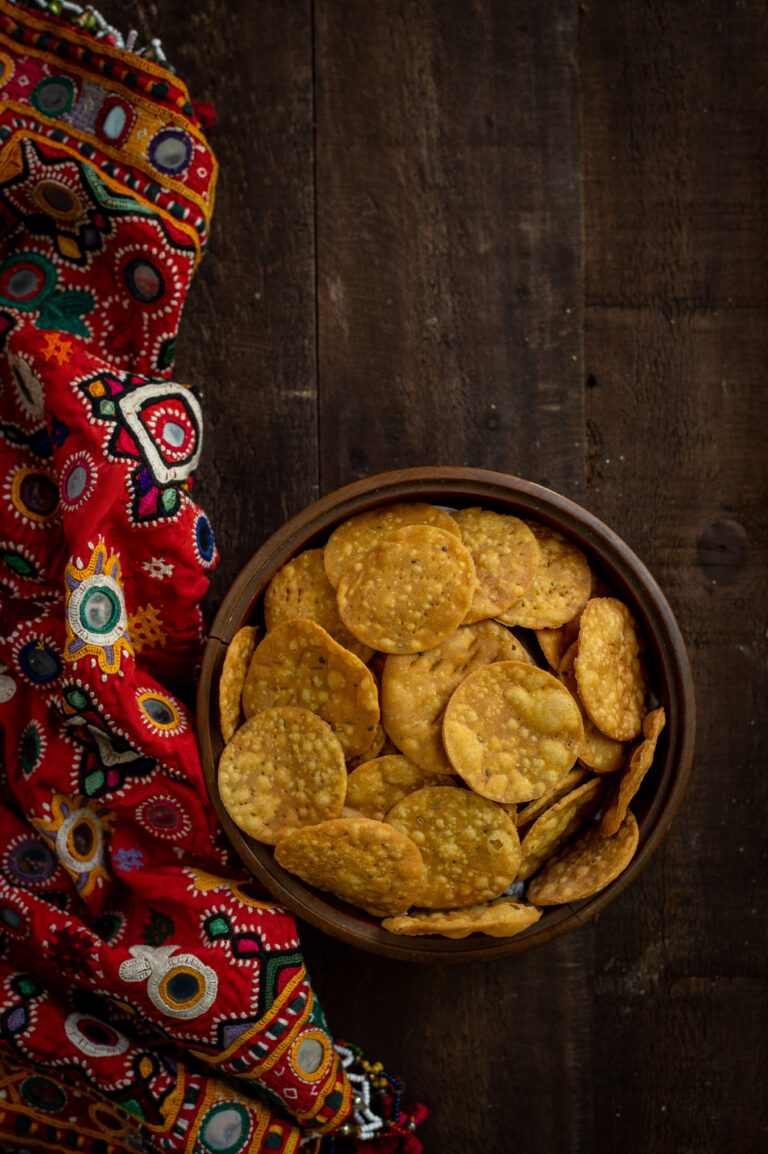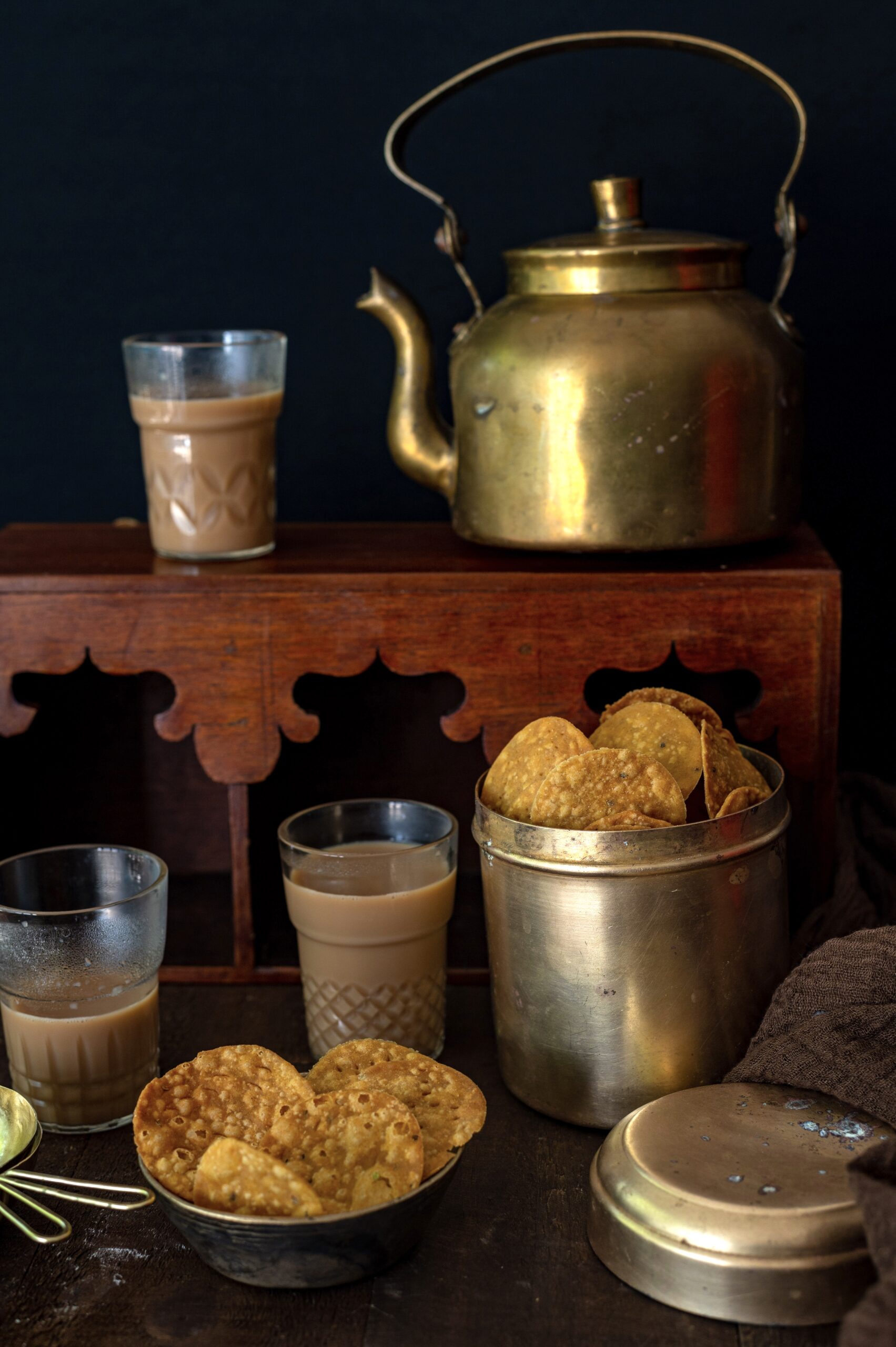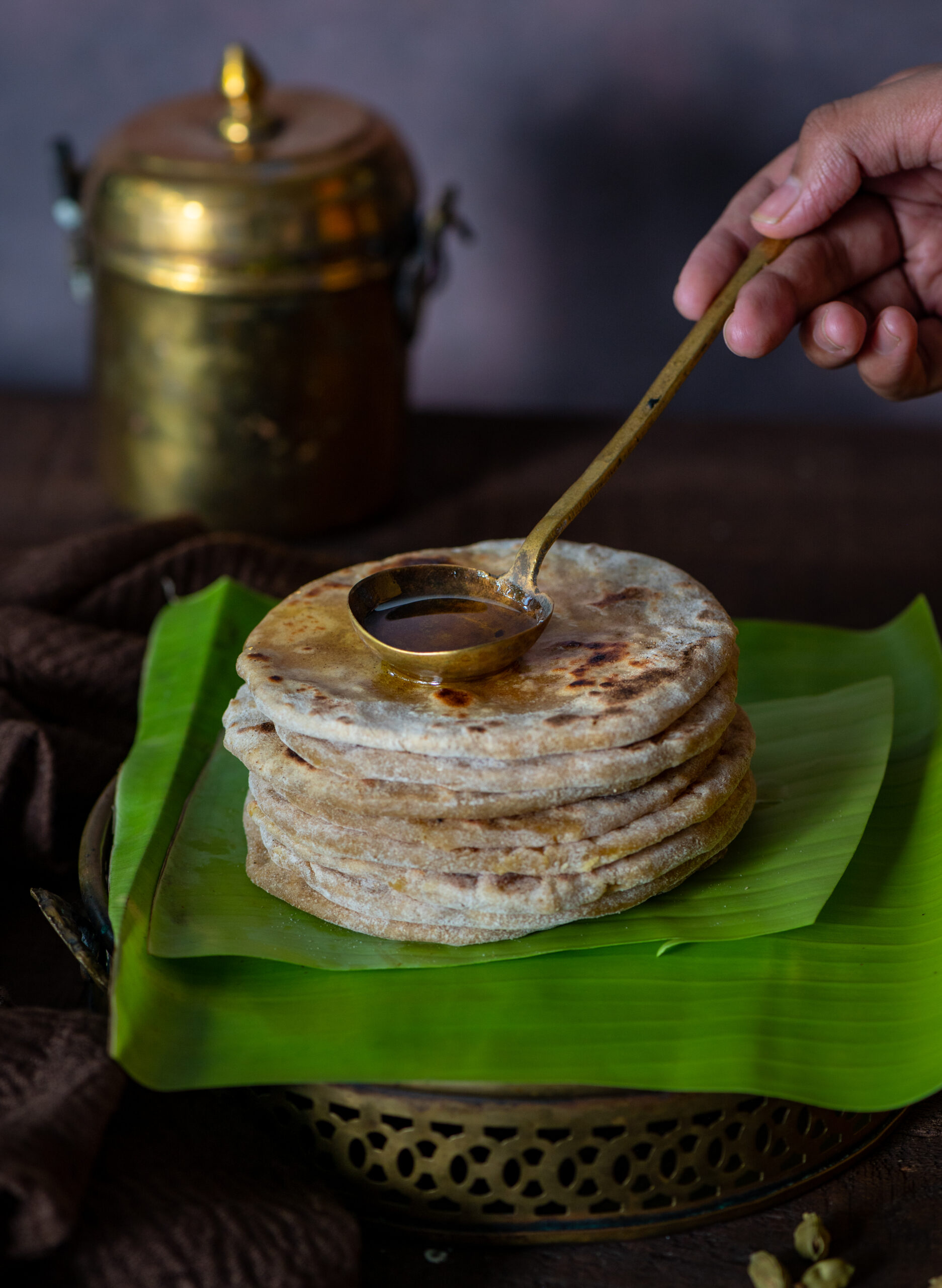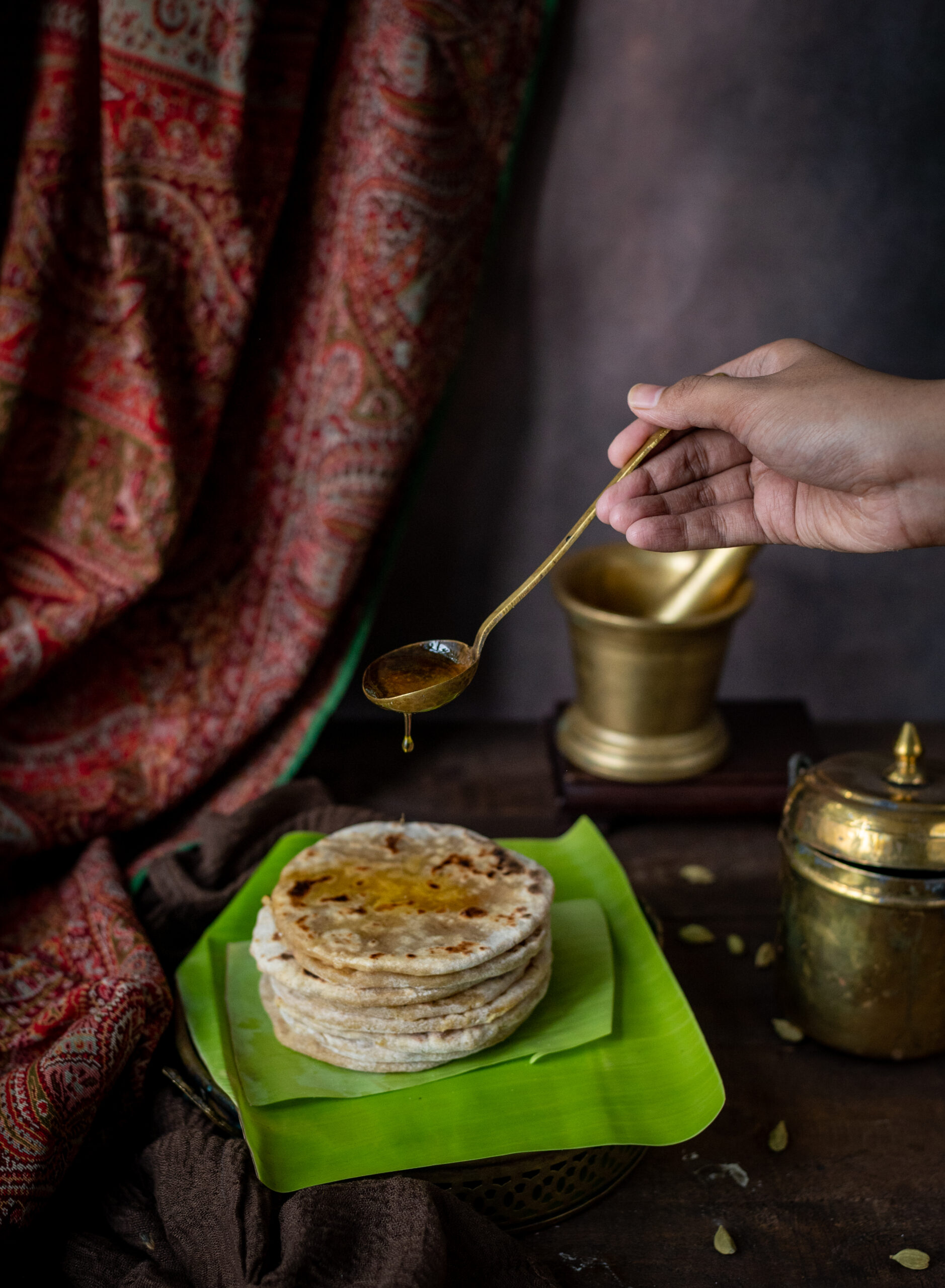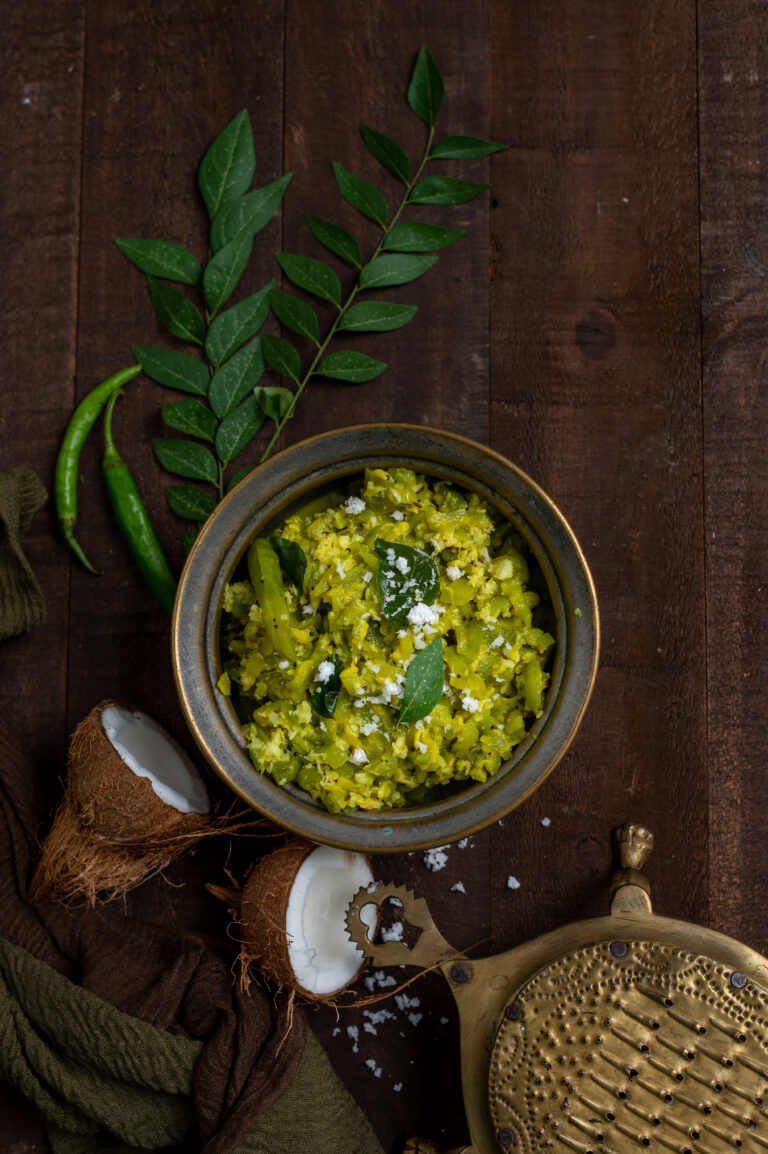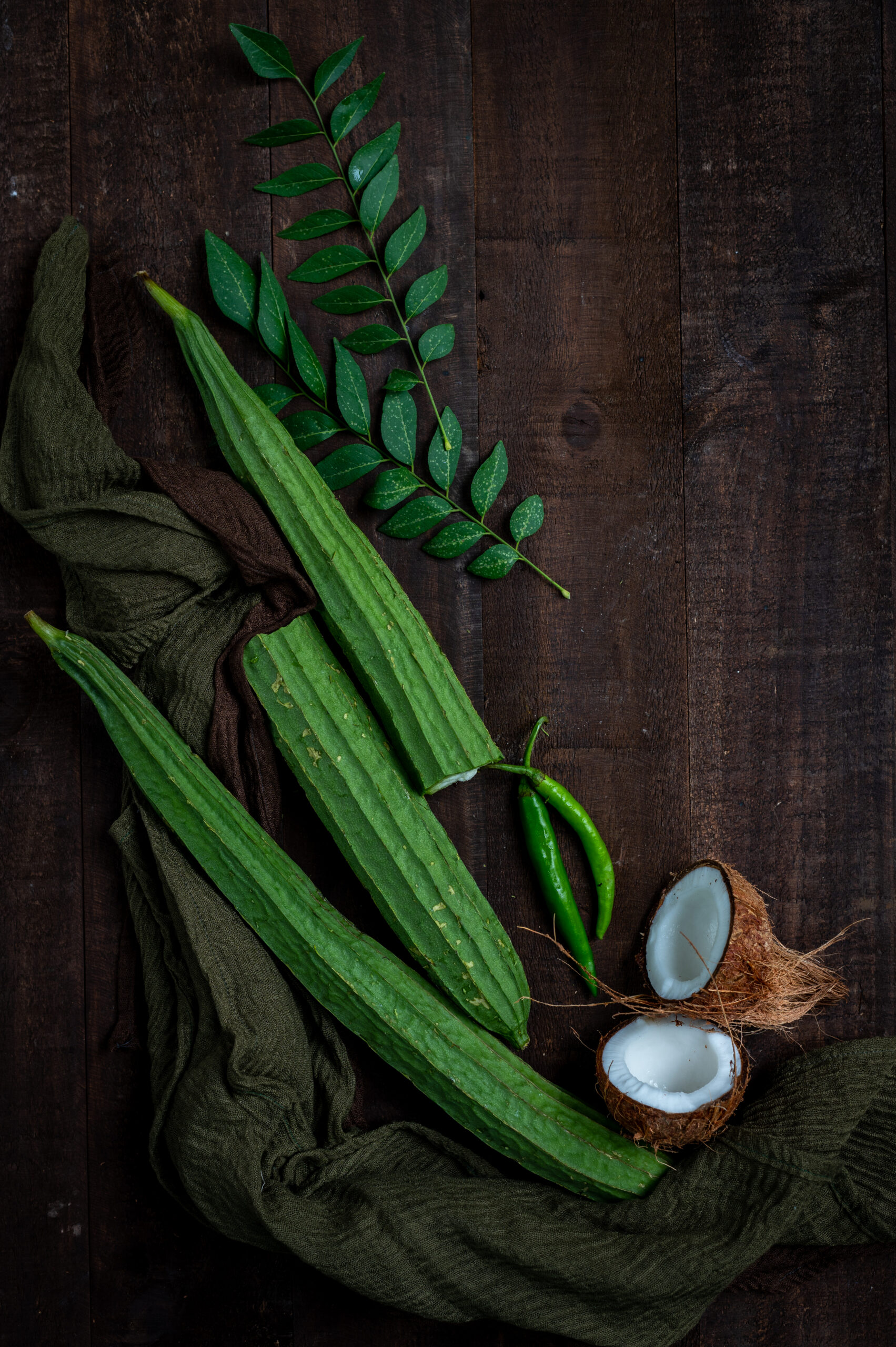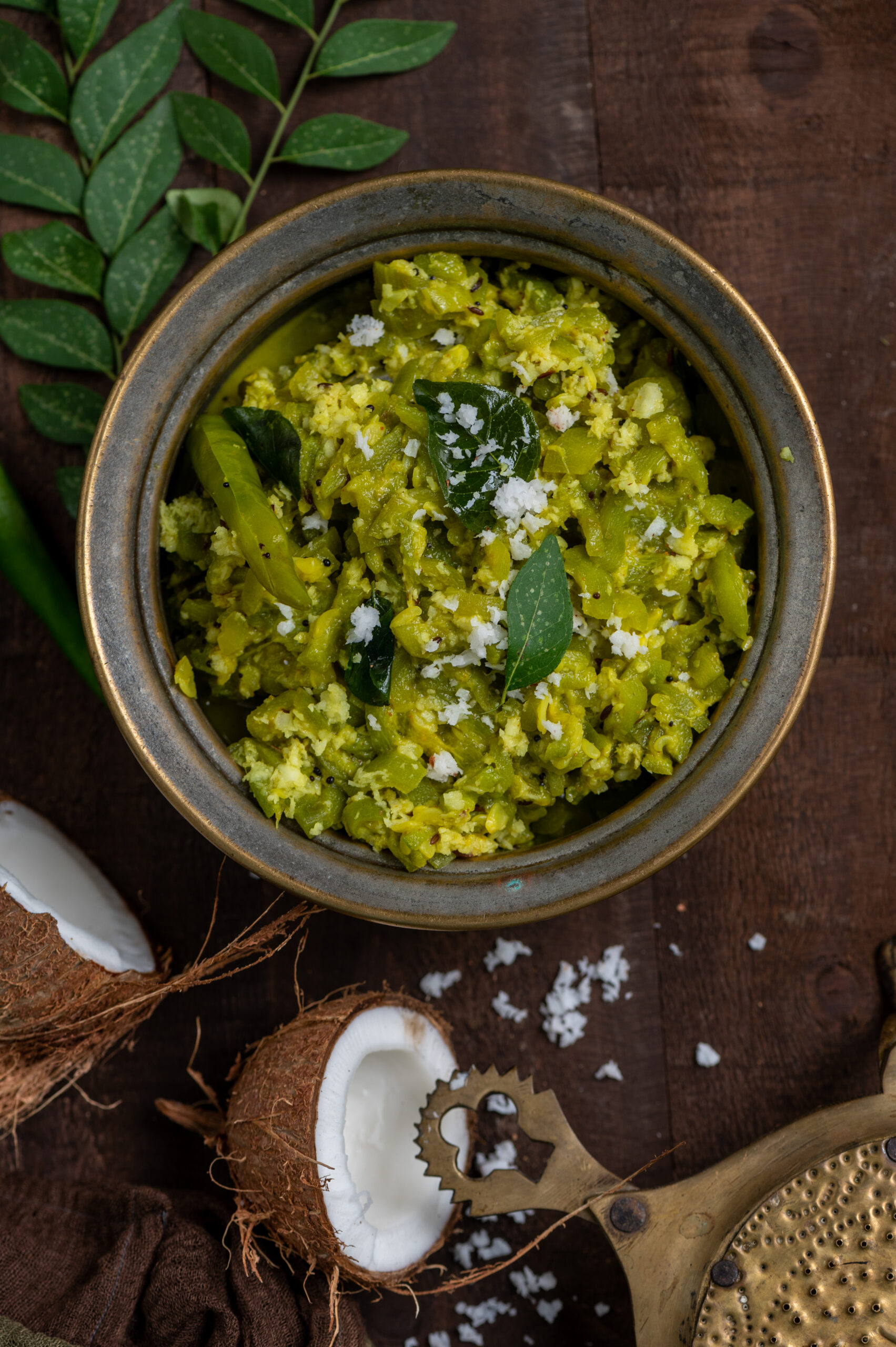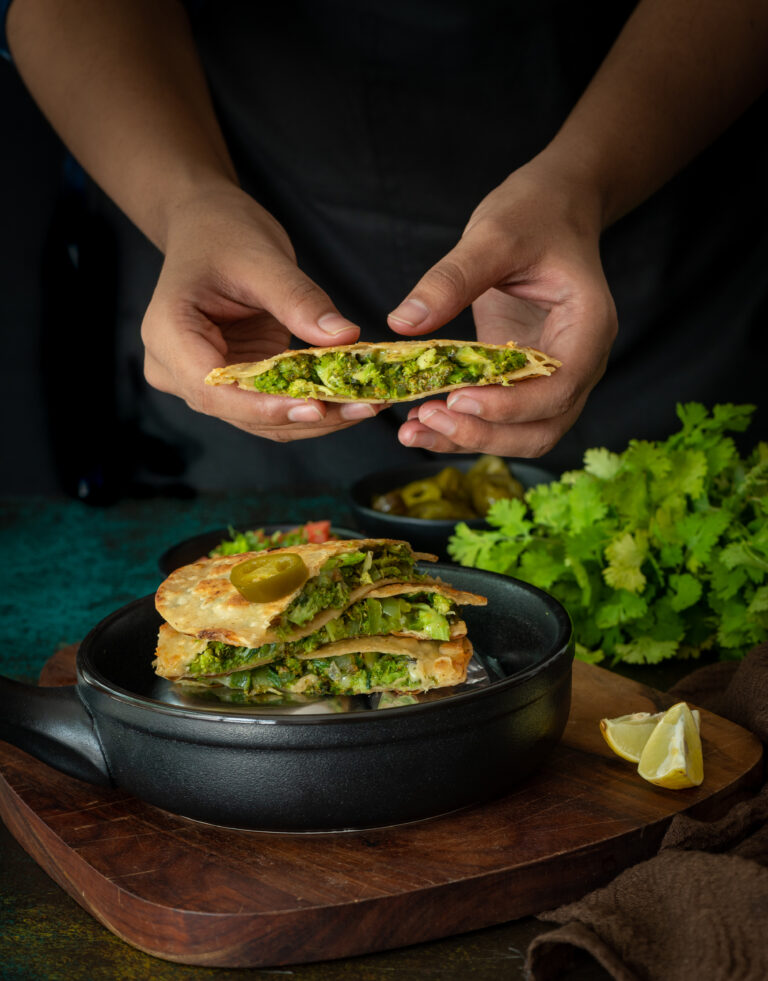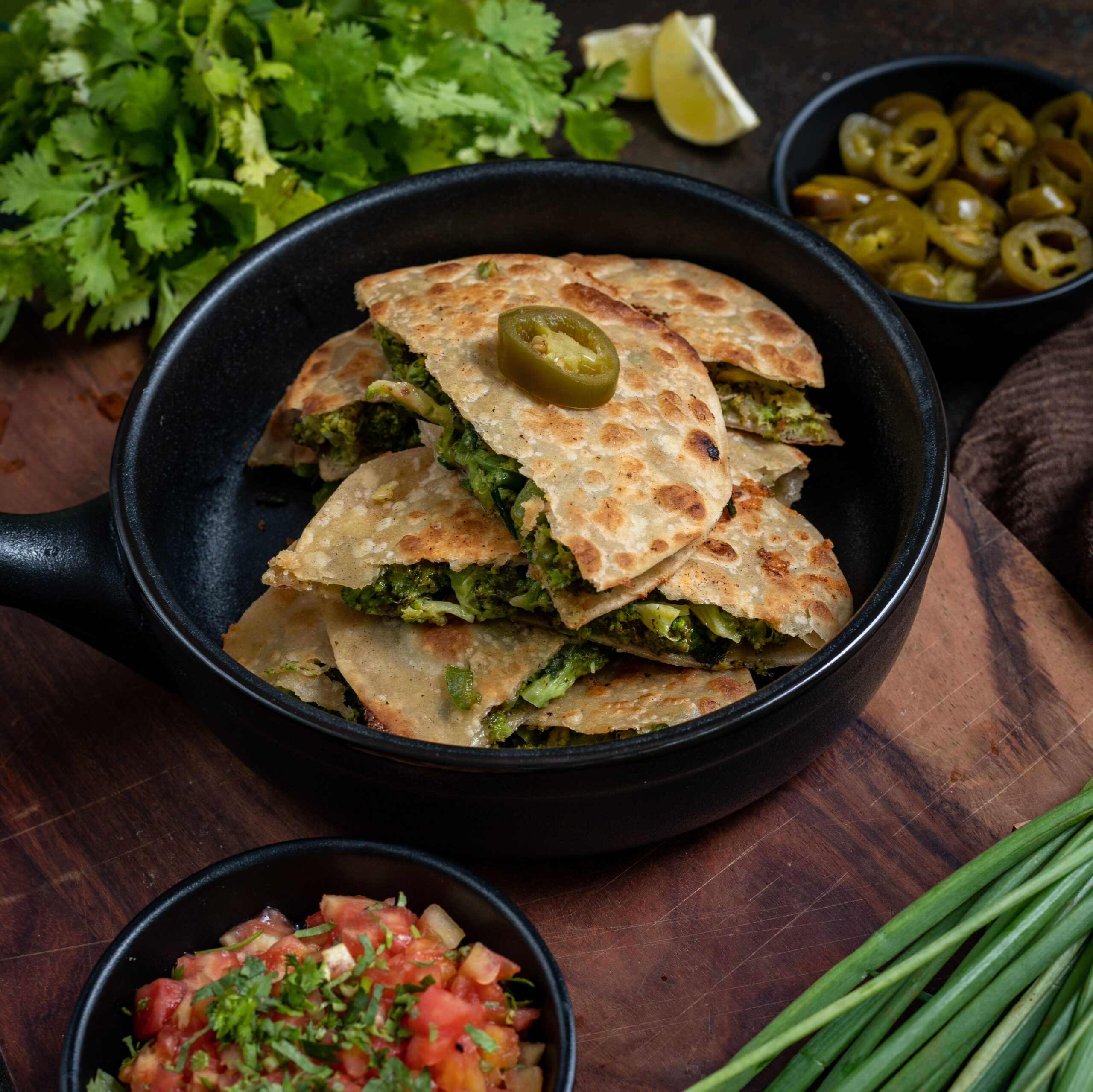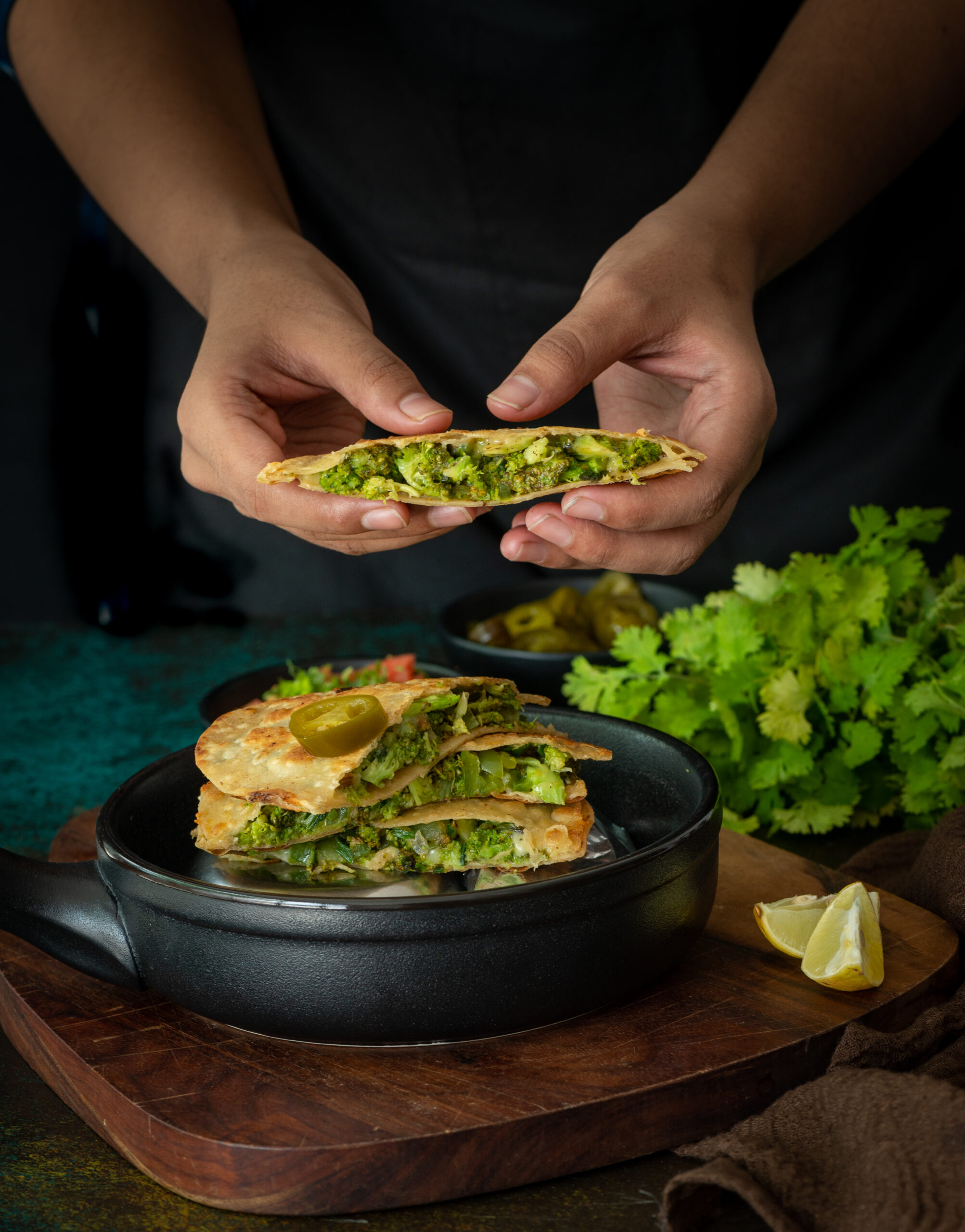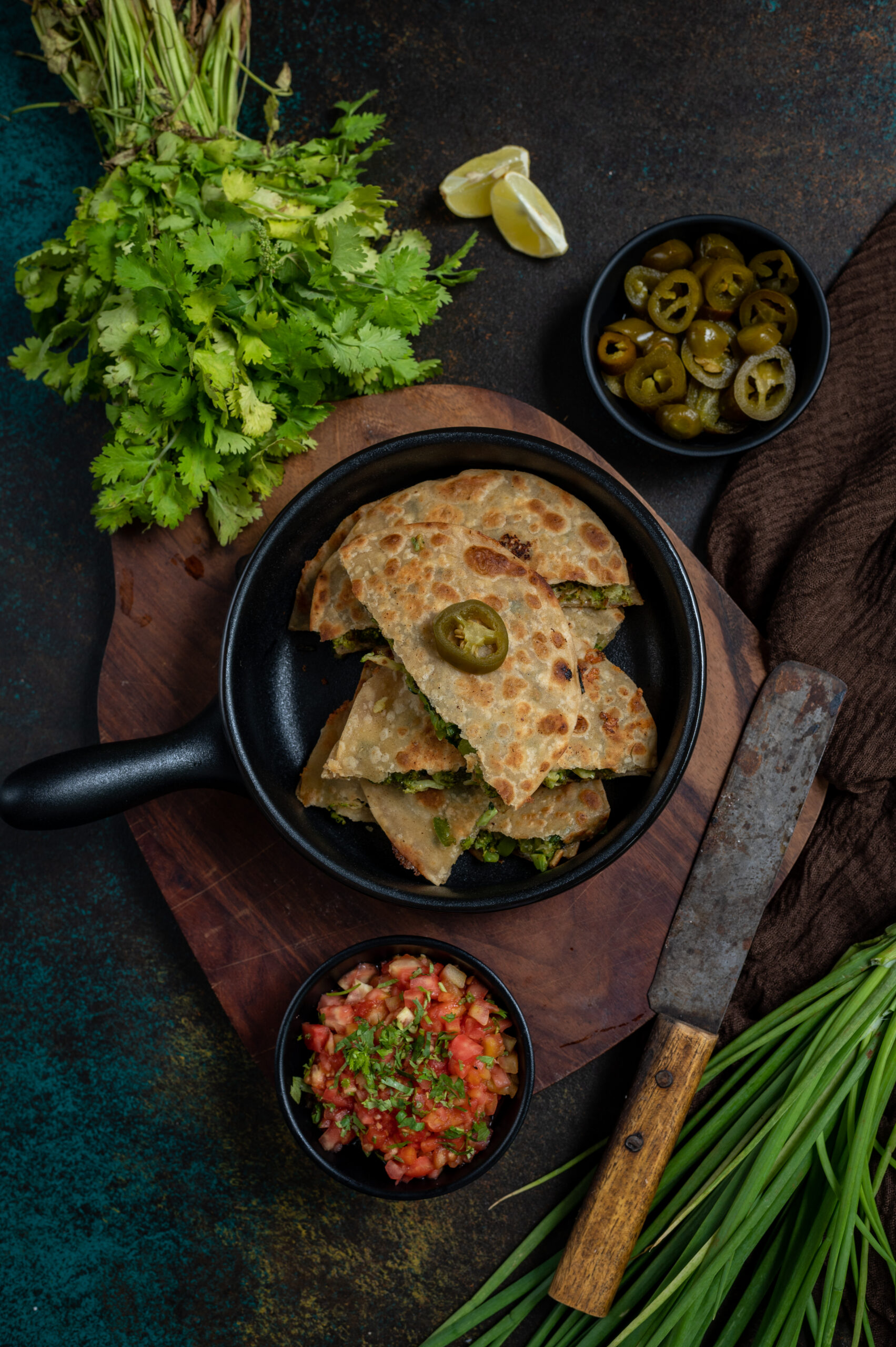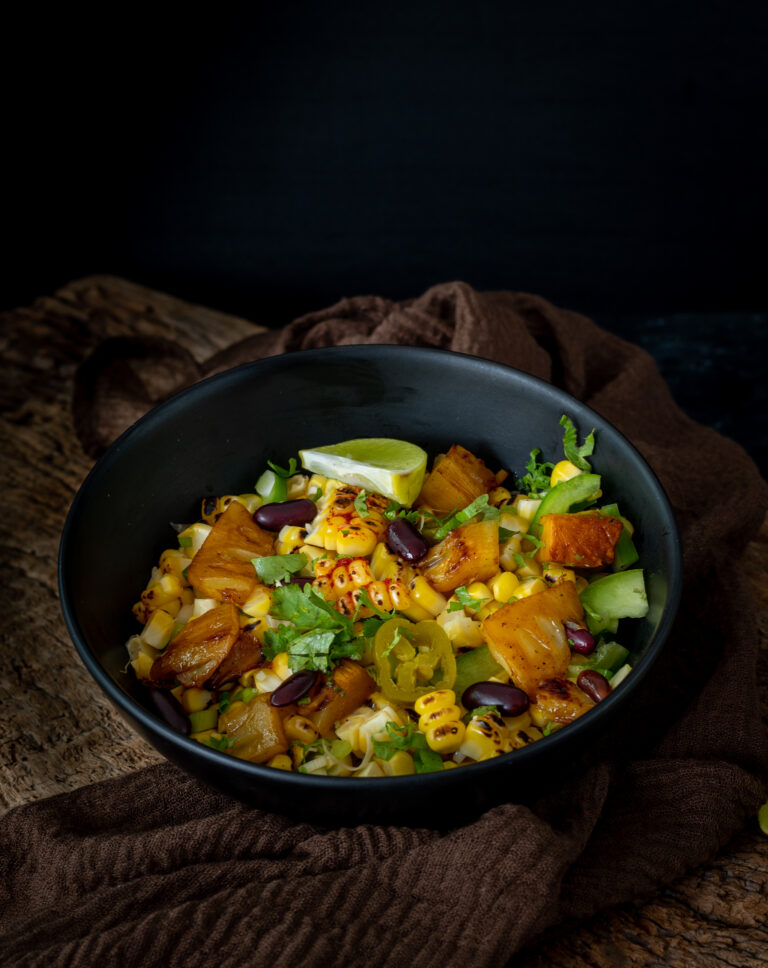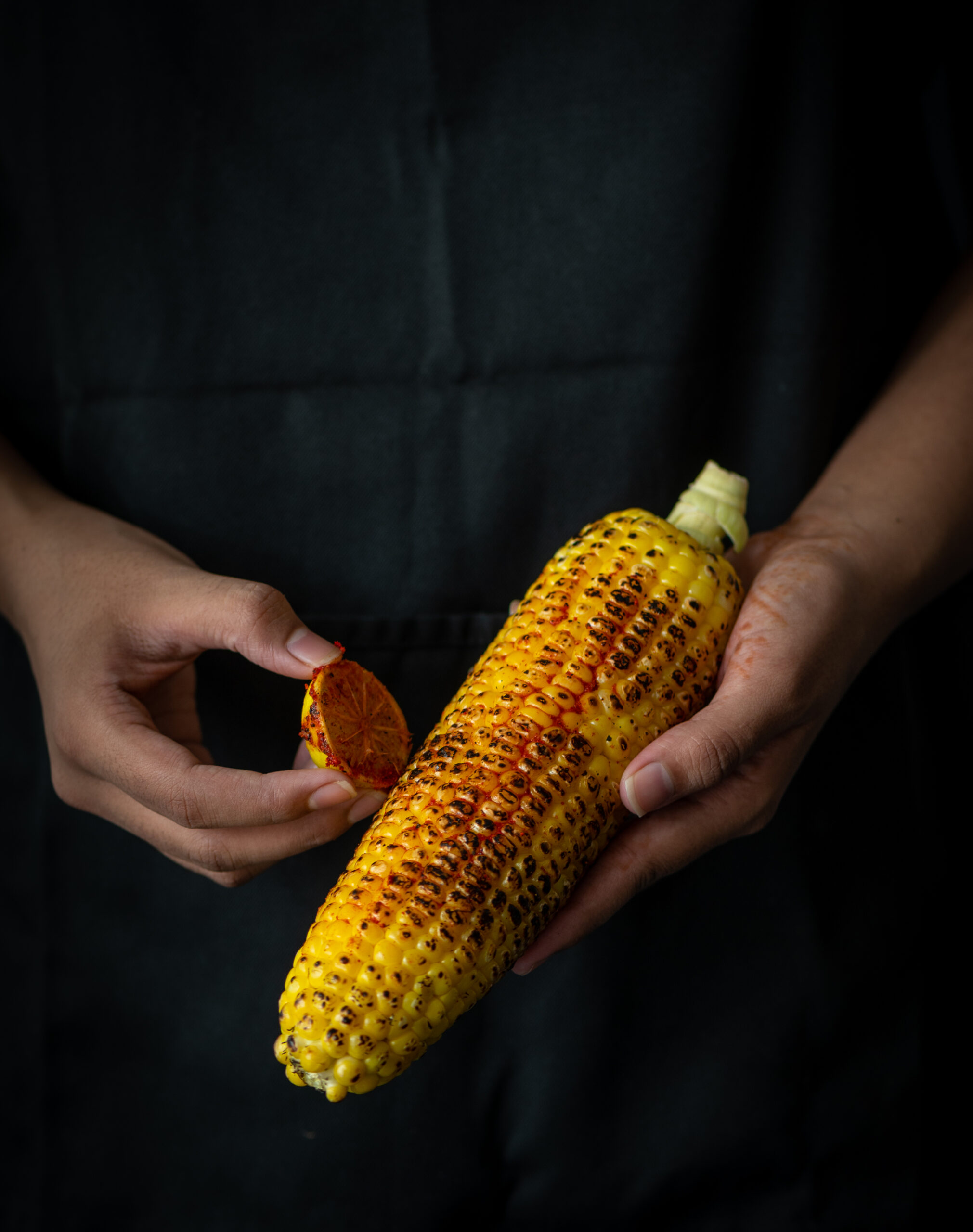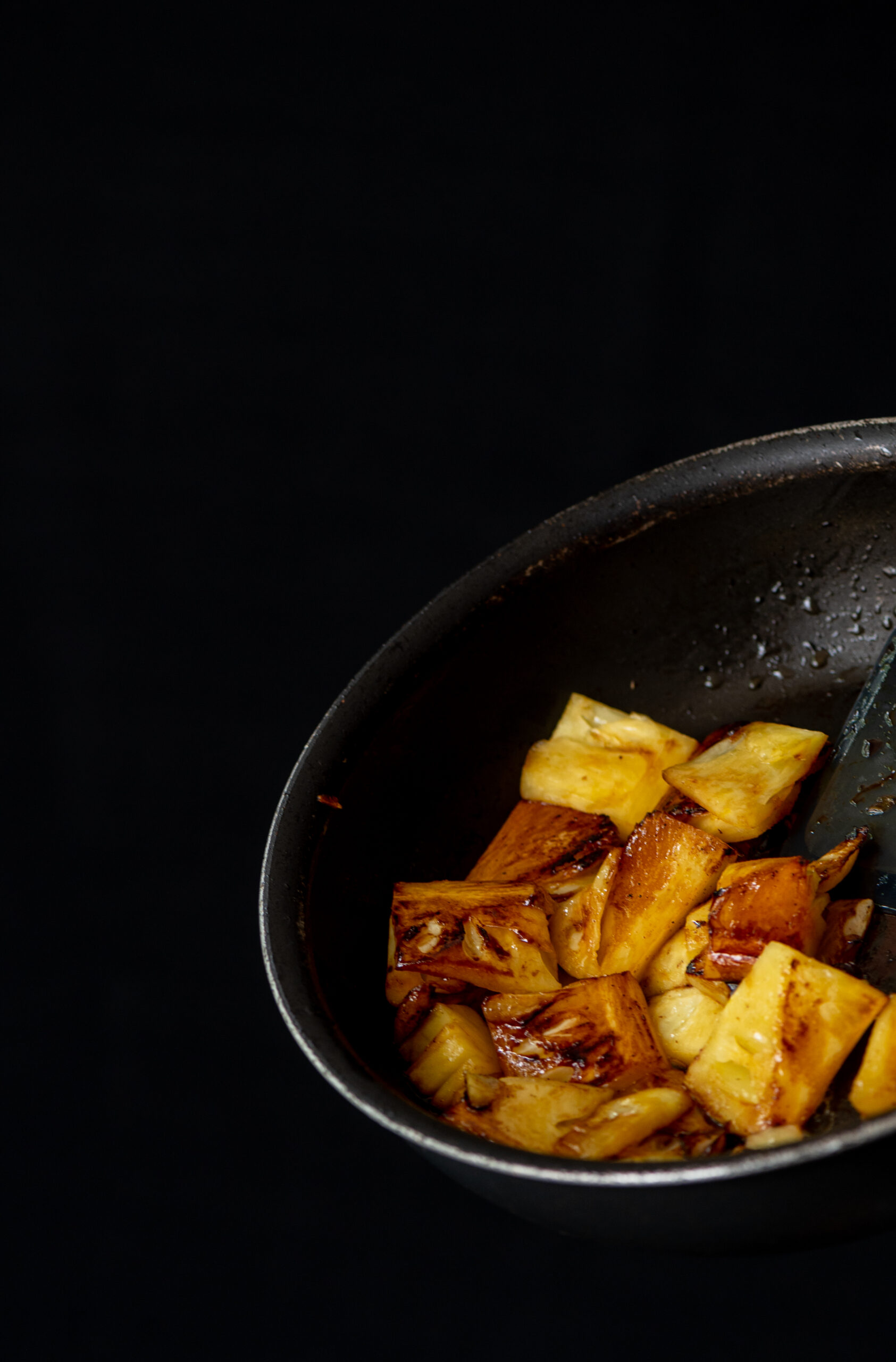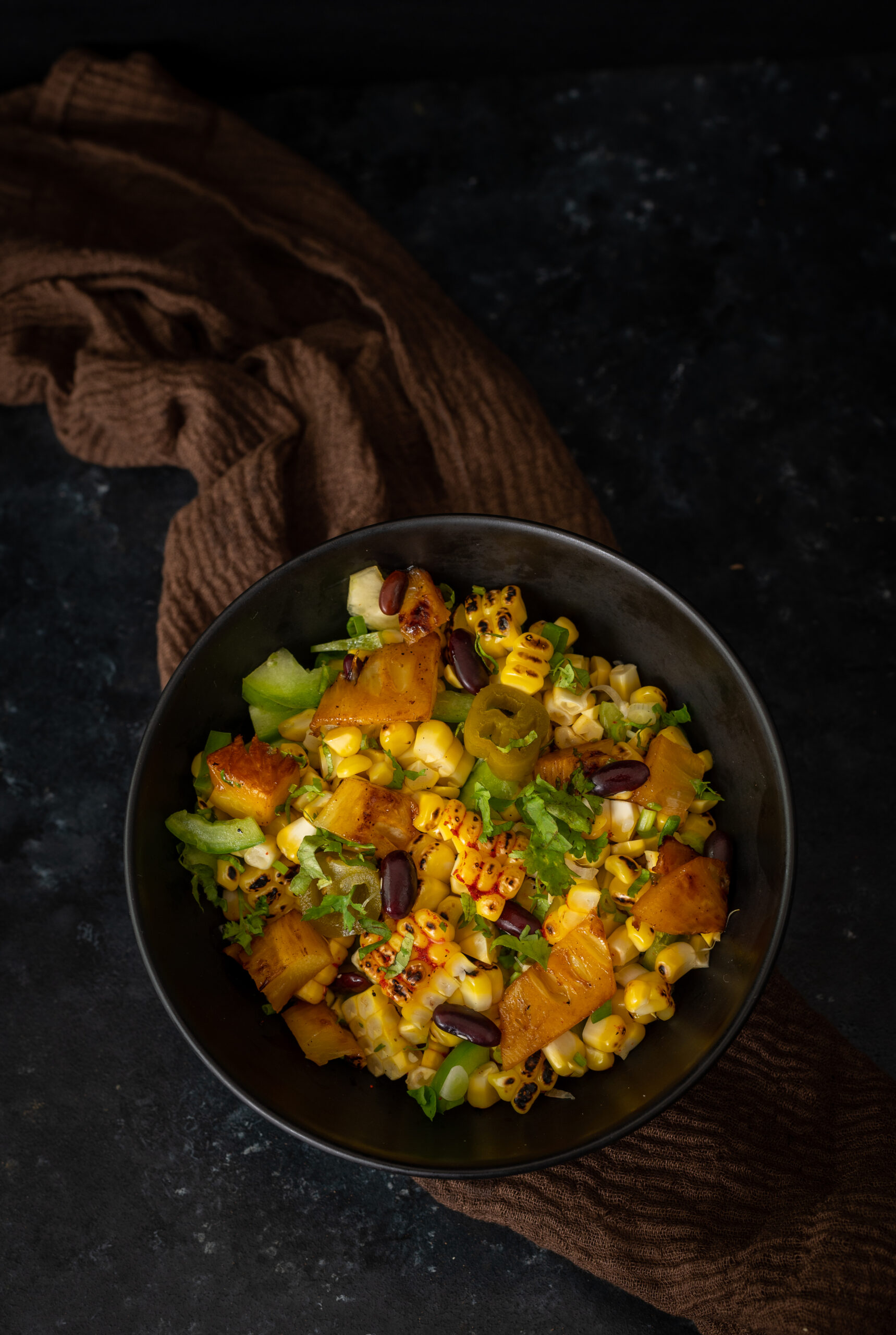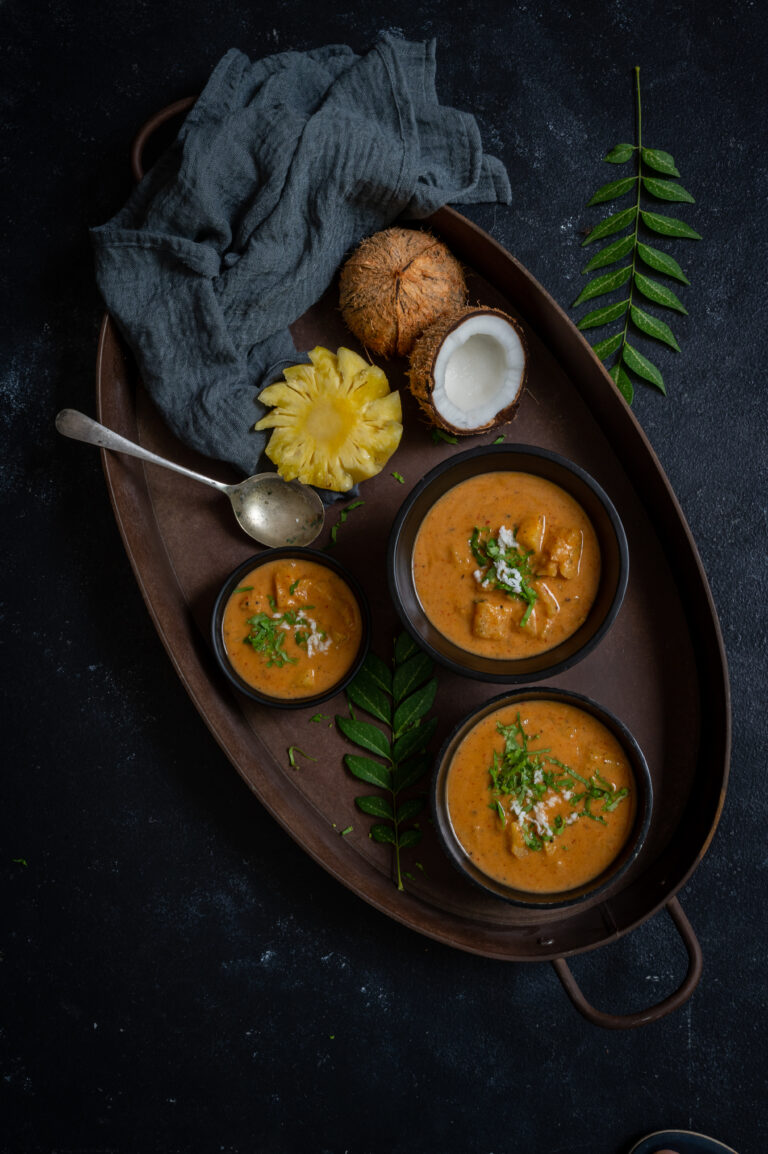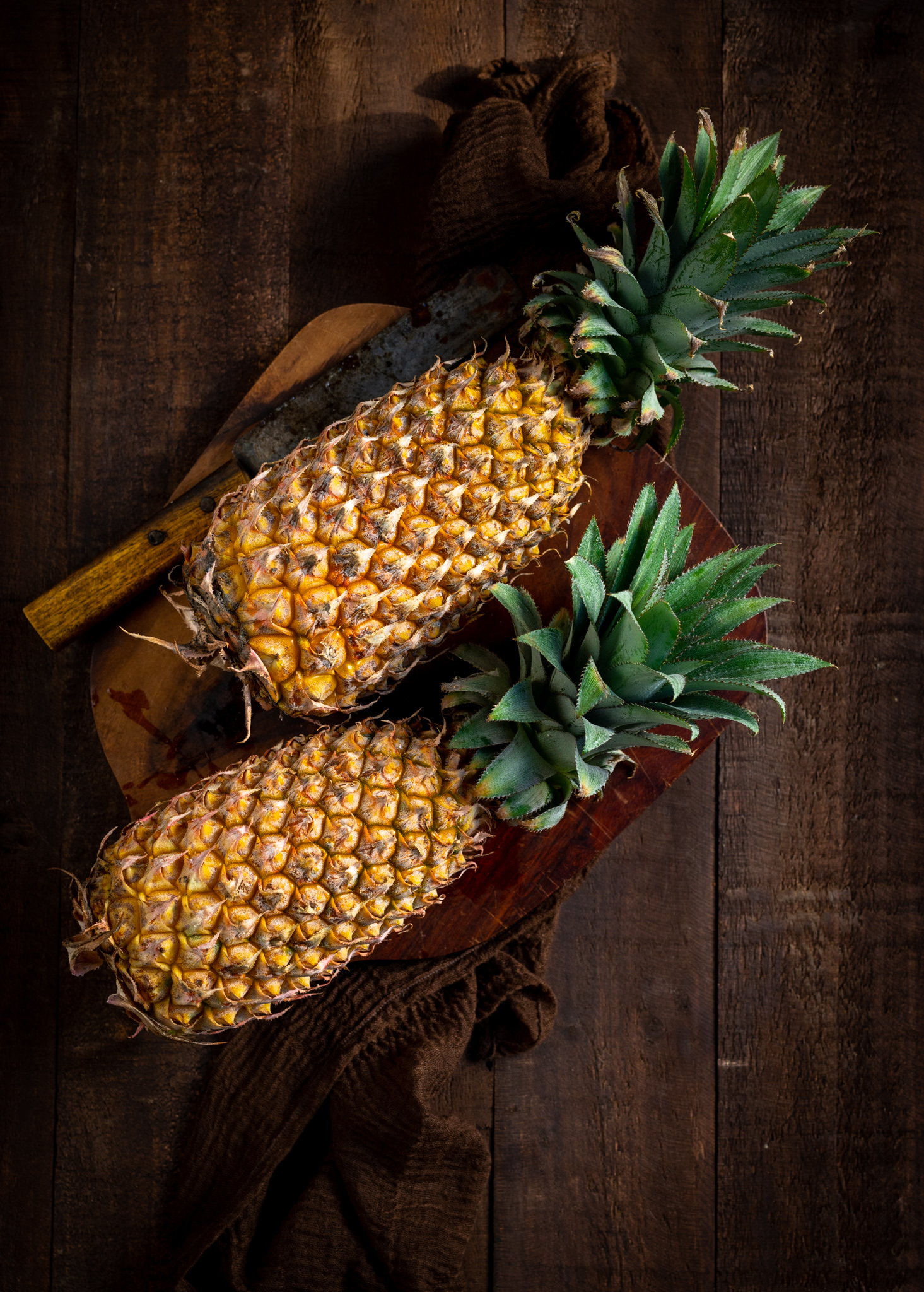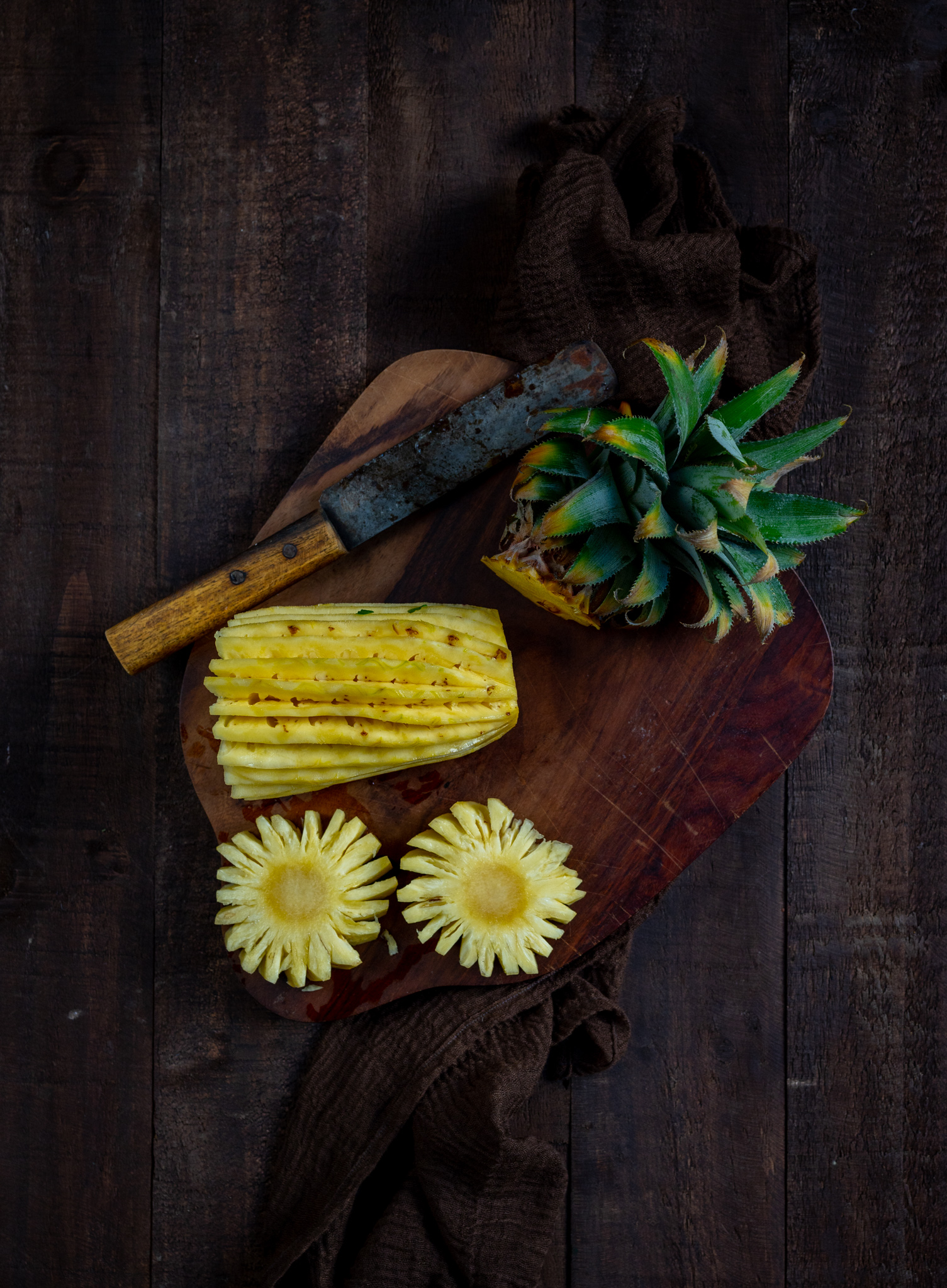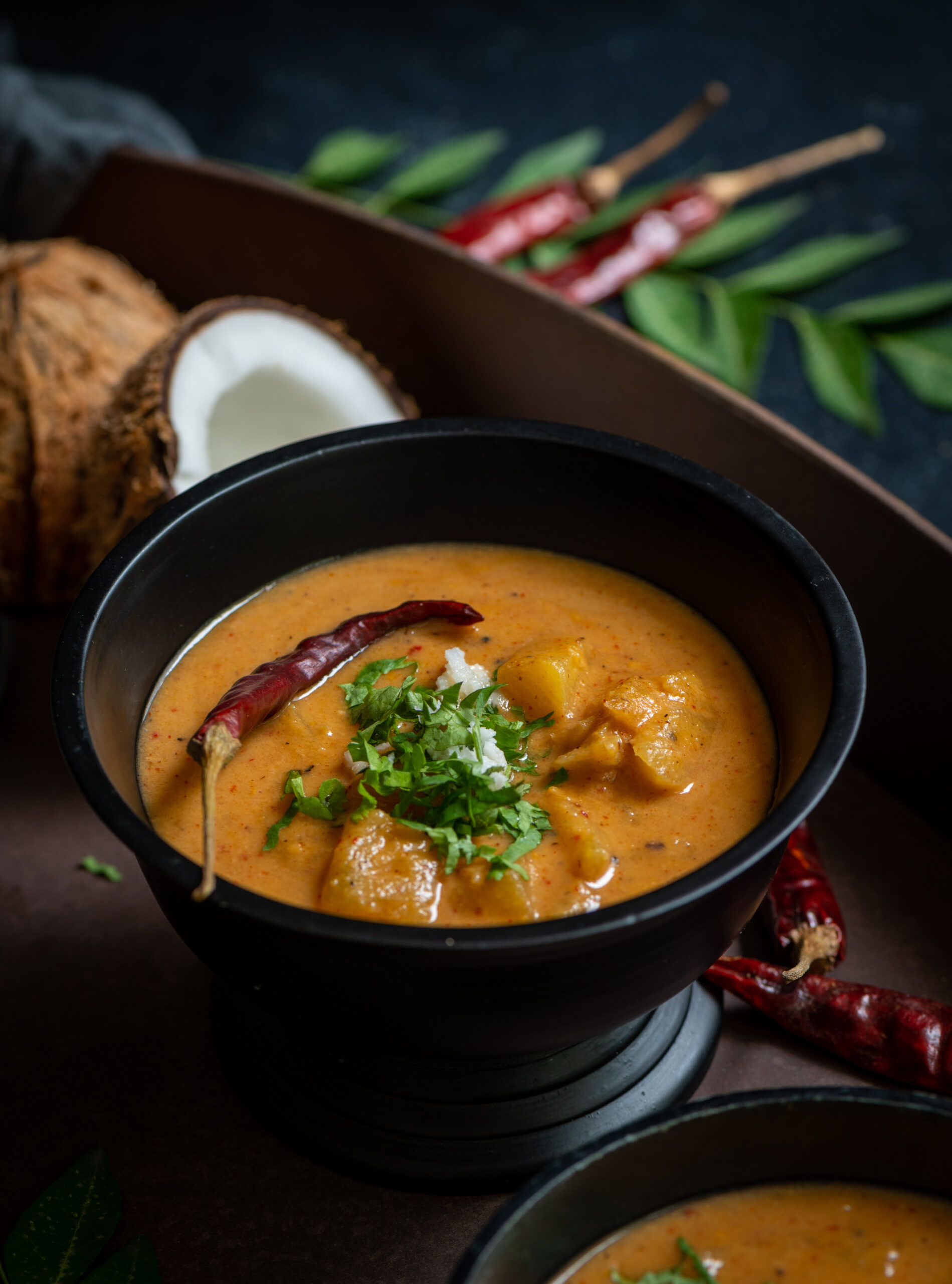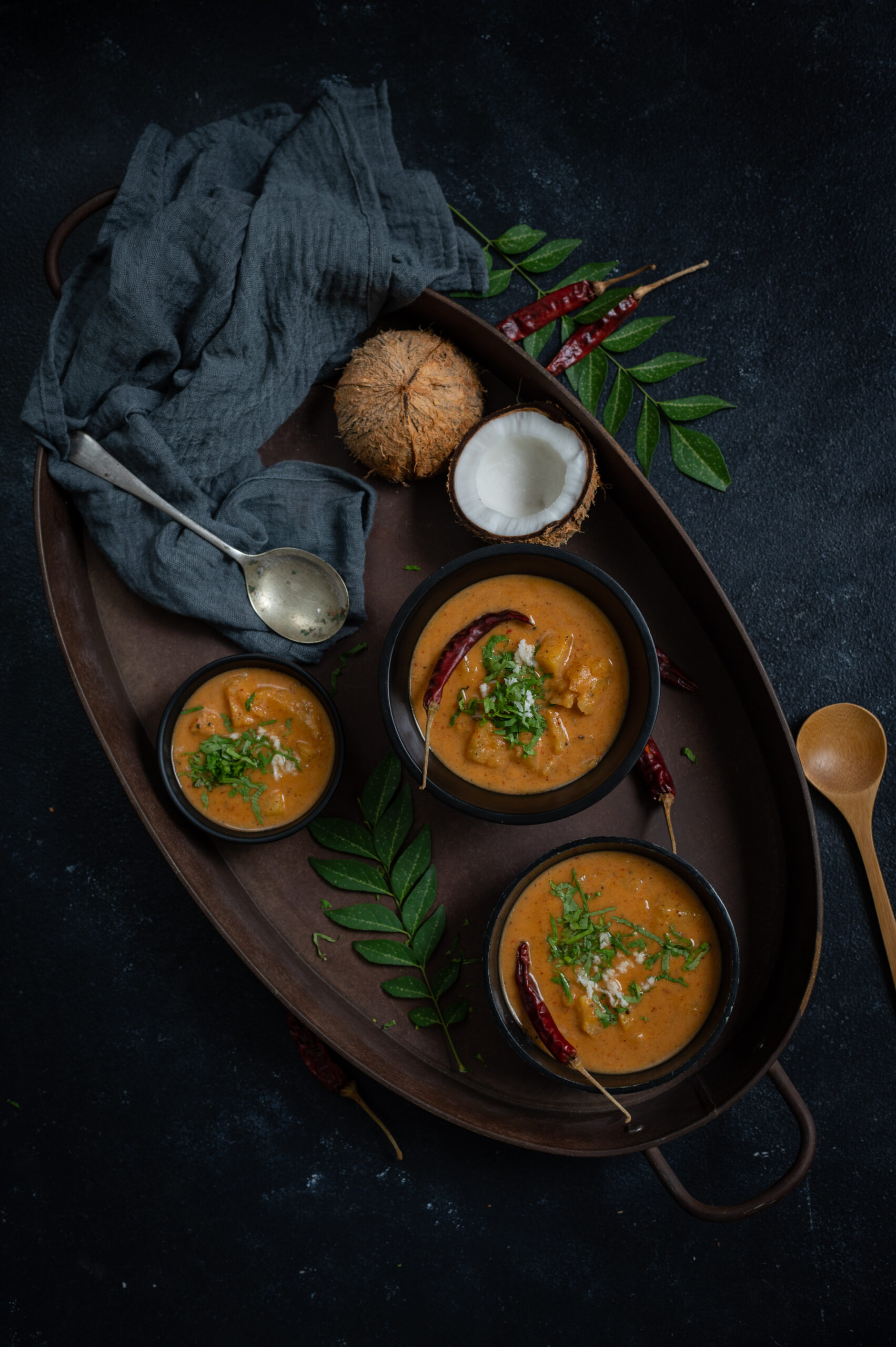I was recently down with a virus (thankfully, it was not COVID), and that was when I began consuming this turmeric tea every night. I had long been making it on a nightly basis, for my husband who insists on a cup of it before bedtime. Despite his urging me to have it as well, I somehow never did. That bout of illness was an important reminder for me that we need to keep our immunity high. Healthy, homemade remedies are a time-honoured way of doing this.
It isn’t that I wasn’t occasionally consuming turmeric-based boosters – such as this turmeric shot and this sniffle-season tonic – but making a point to have a beverage like this one every night was just not part of my routine until a few weeks ago. However, there was a nightly drink that my mother would prepare for us while we were growing up. She would put a drop of ghee in a cup, add two pinches of turmeric powder, pour hot milk over this, stir it and make my siblings and I drink it. Like most children, we hated it. Now that I am older and appreciate the medicinal values of common ingredients, it’s been a pleasure to bring some turmeric back into my bedtime routine. Now, I can’t get enough of it, and even look forward to it.
I first consumed this drink while visiting my son in Bangalore. The lady who comes in to do his cooking prepared it one day when the kitchen ran short of tea leaves. She called it “a healthy tea” and offered it as a substitute. It was so refreshing that it became a keeper in my family, and I got the recipe from her and began making it once I got back home too. It was reminiscent of the homemade remedies I’ve known, and easy to prepare as well. When I look back on my childhood, I hardly recall being given pills; nor do I recall falling seriously ill. Common, seasonal illnesses were always treated with traditional, natural cures.
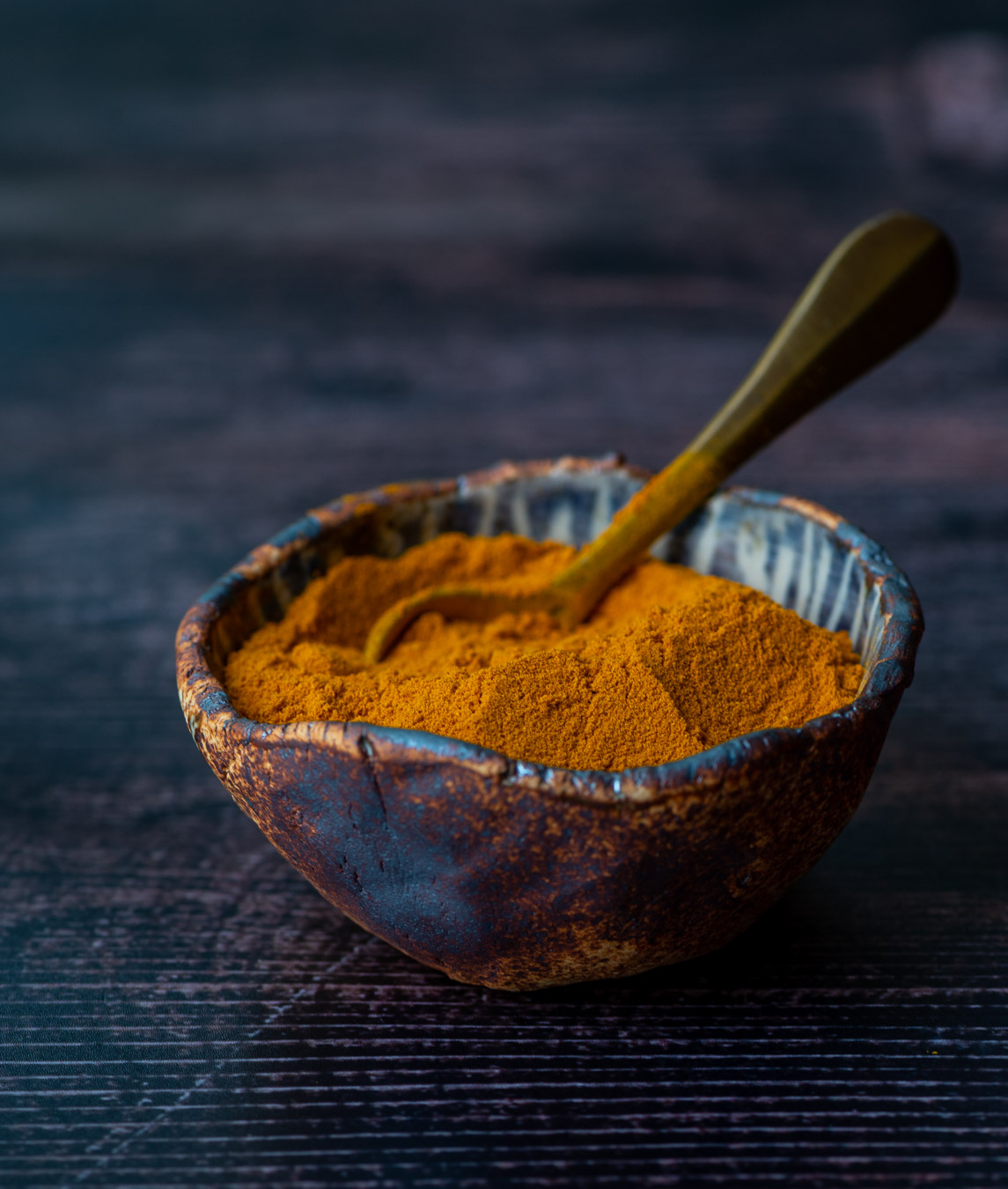
It’s a healthy tea indeed, made with the goodness of turmeric. Turmeric is an antioxidant, anti-bacterial and anti- inflammatory ingredient, and has been trusted for centuries as a disease preventative. It is not for nothing that a turmeric stamp is re:store’s signature, and has taken pride of place in the brand logo for six years now. You can see it right there on this blog’s header and on my product packaging too. To me, it represents good health and vibrance in all aspects of life. I love the ingredient for its versatility: it’s as useful in a curry as it is in a beverage like this.
It happens to be turmeric season now, and I’m planning to go to the South Indian heartlands where it is harvested to track the process. This adventure is something I will be sharing with you in time.
Coming back to this turmeric tea itself: you can experiment with more spices to flavour it with, depending on the season and what’s on hand in your kitchen. In rainy or wintry weather like what we’re having now in Chennai, the spices can be warming too. I like to just add lemon and honey, and sometimes a cinnamon stick or star anise. At home, we are currently mostly off dairy so we prefer it as a turmeric tea. You can turn it into a turmeric latte by adding milk and eliminating the lemon. As long as turmeric is the base, you can play around with the rest of the recipe.
The best part of this drink is that unlike my other turmeric remedies, which I use seasonally or only when I have fallen sick, this is good as a year-round drink. Many of us enjoy a warm beverage at night, and this makes for a great replacement (especially if you prefer to be dairy-free). Also, it kills your night-time sugar craving. This is good news for those of us with a sweet tooth, and I’m telling you this from experience! Something about this drink just takes away that itch. Quite the benefit, in addition to all its healing properties, no?
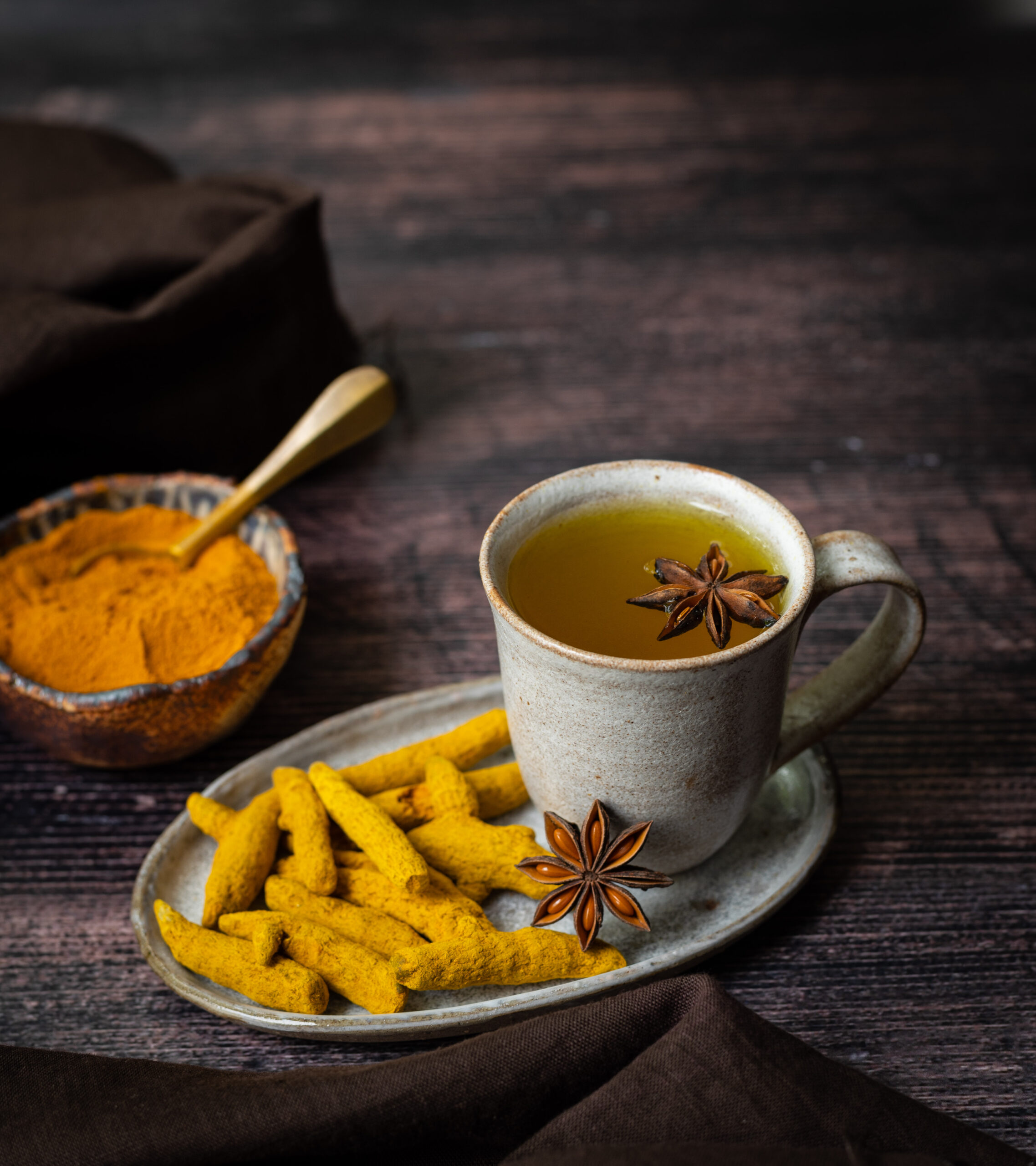
Turmeric Tea
(Yield: 1 cup)
¼ teaspoon turmeric powder
1 small piece of ginger
A few drops of lemon juice
¼ teaspoon honey
1 cup boiling hot water
Some star anise
Boil the water along with the ginger and star anise. In a cup, add the turmeric powder, honey and lemon juice.
Once the water boils, pour it into the cup.
Stir and drink while it’s hot.
Incredibly simple, yet so very soothing. As I said earlier, add selected spices to flavour the beverage further, as per your wish. Let this turmeric tea relax you, and heal you as you sleep. Sweet dreams!
